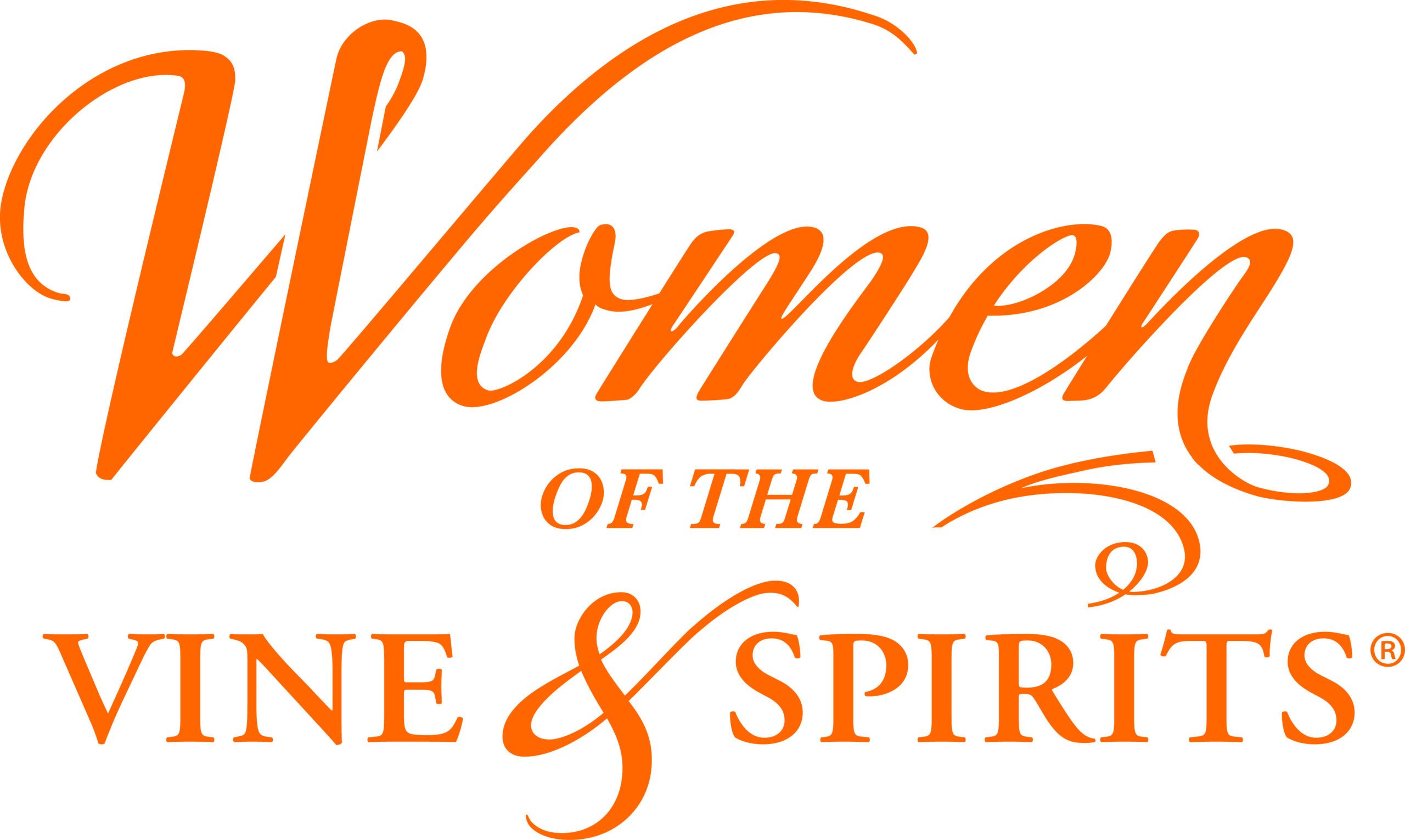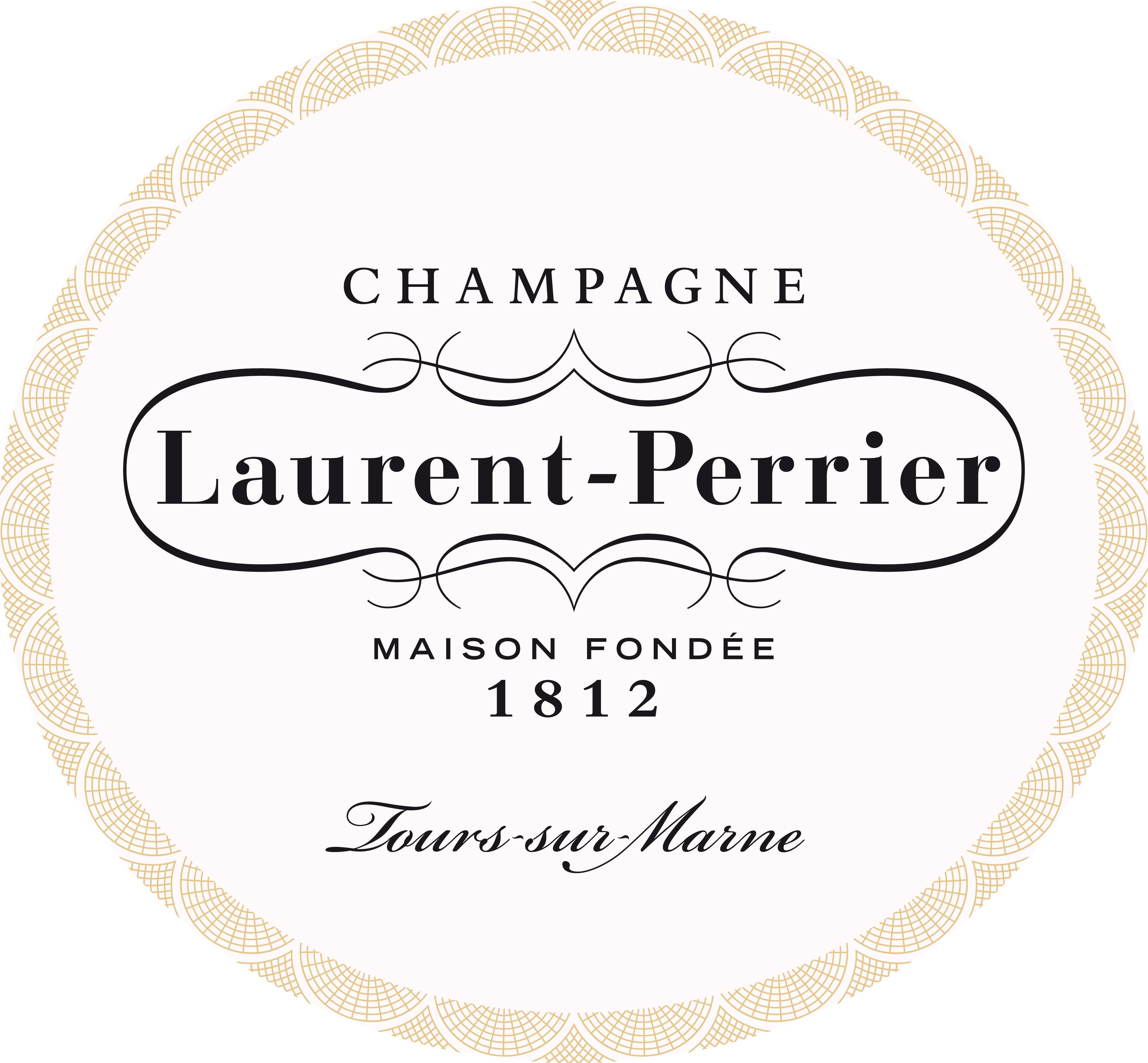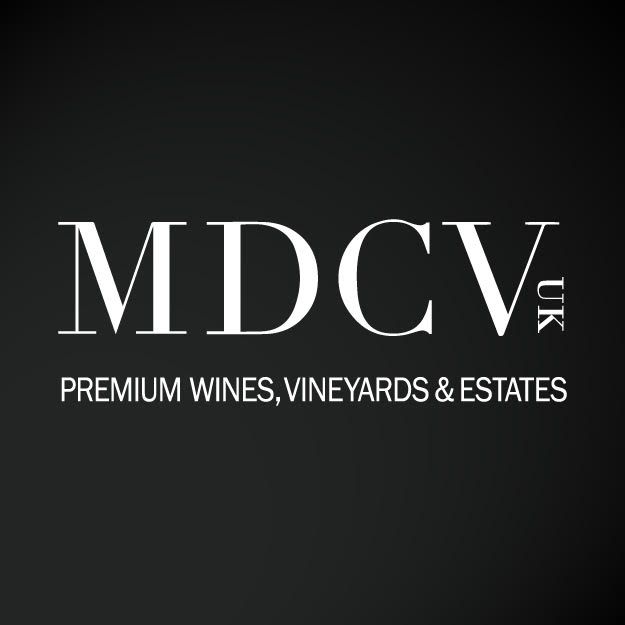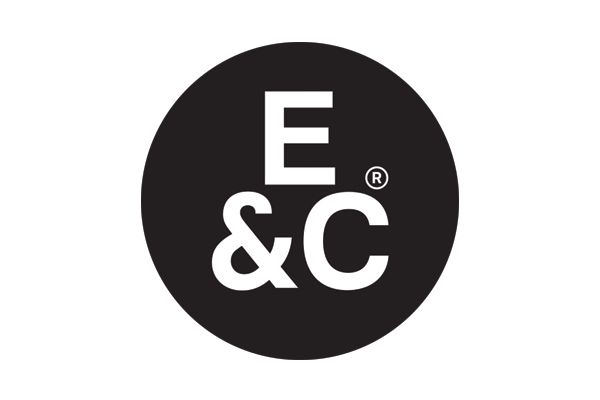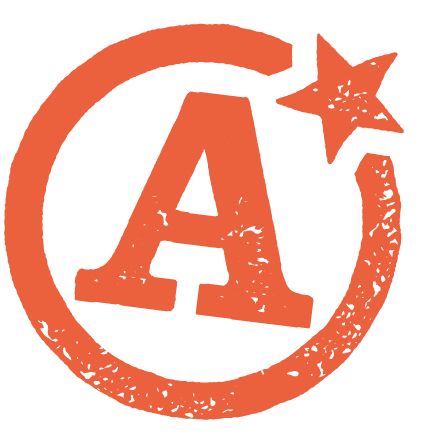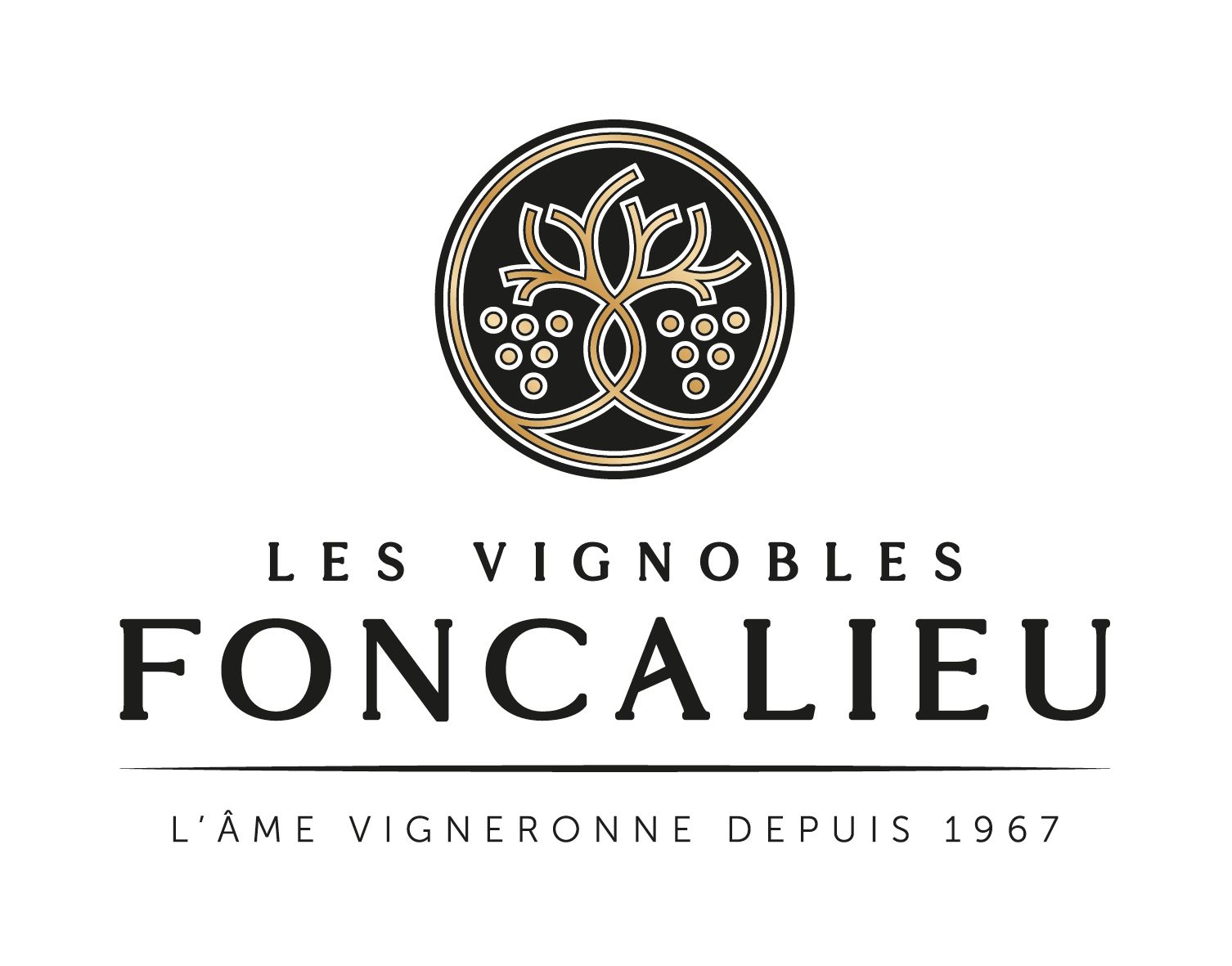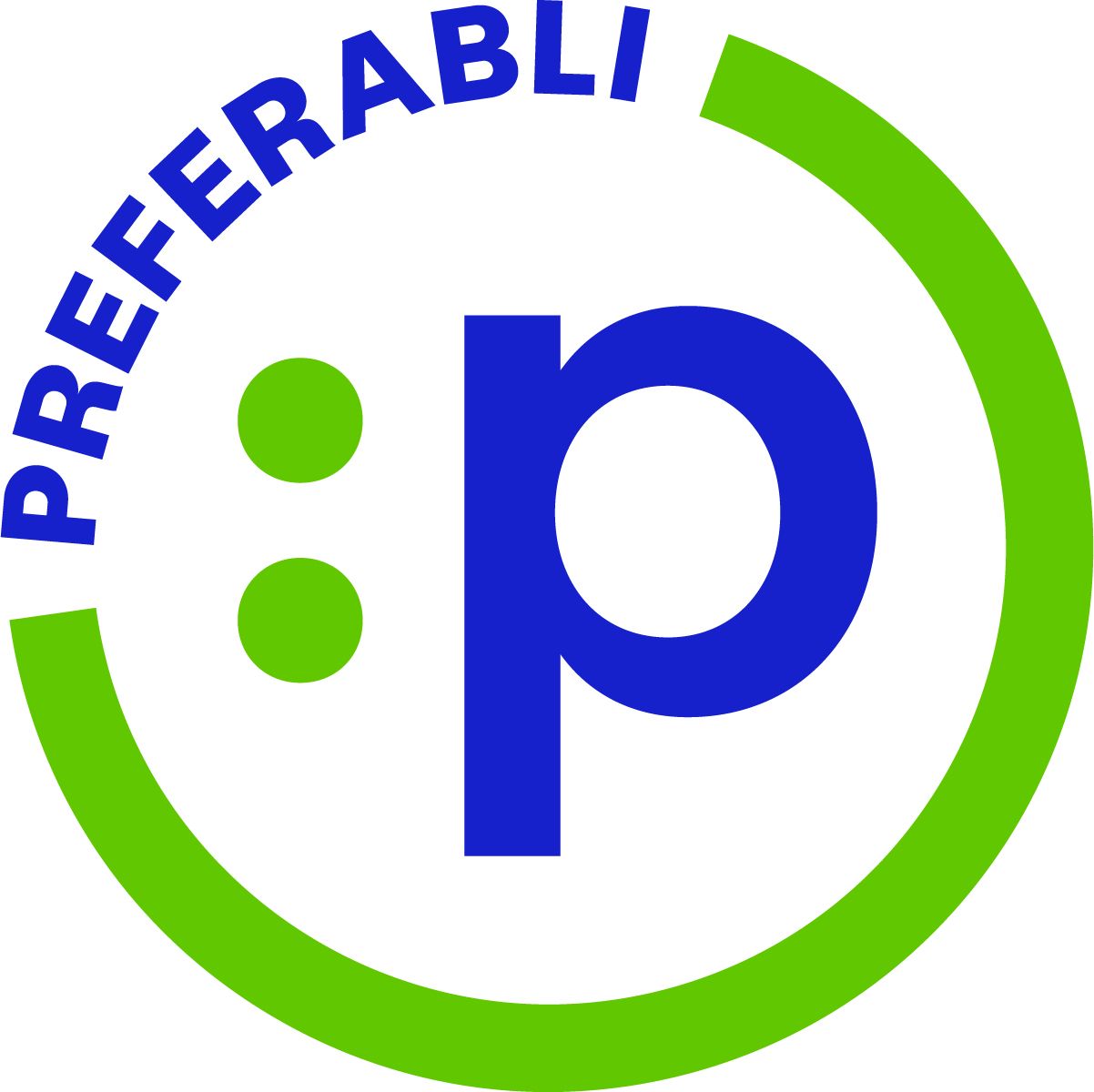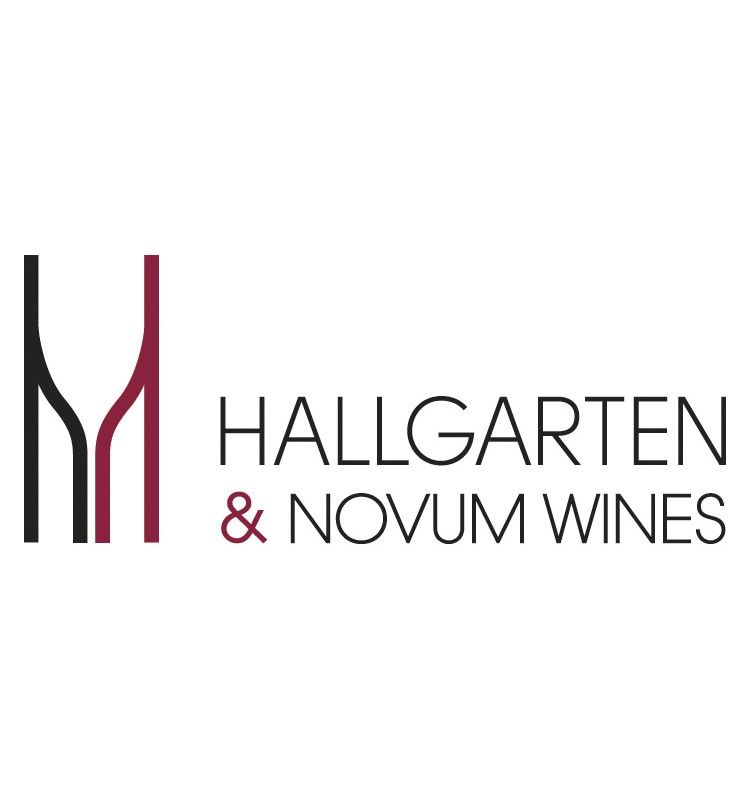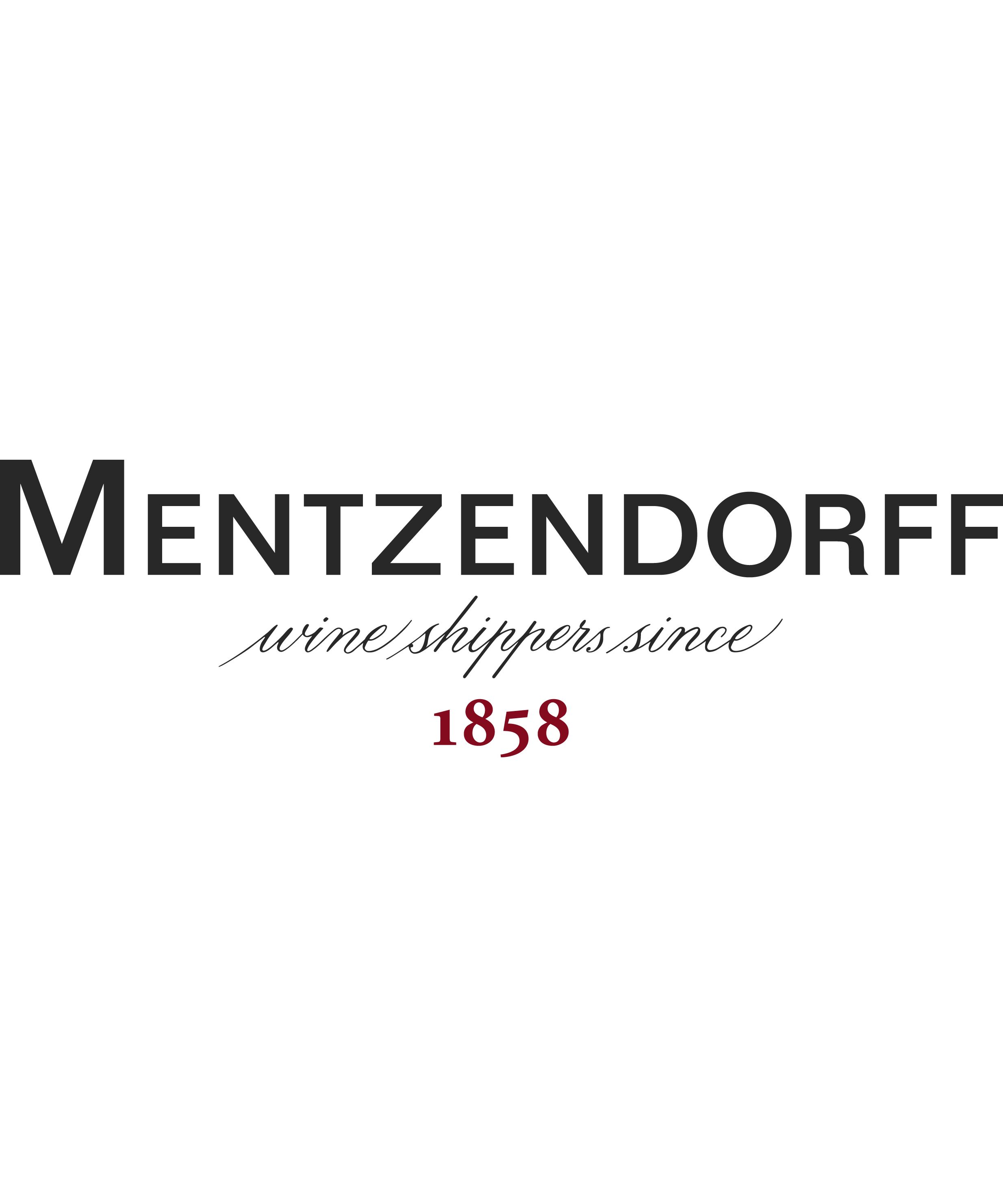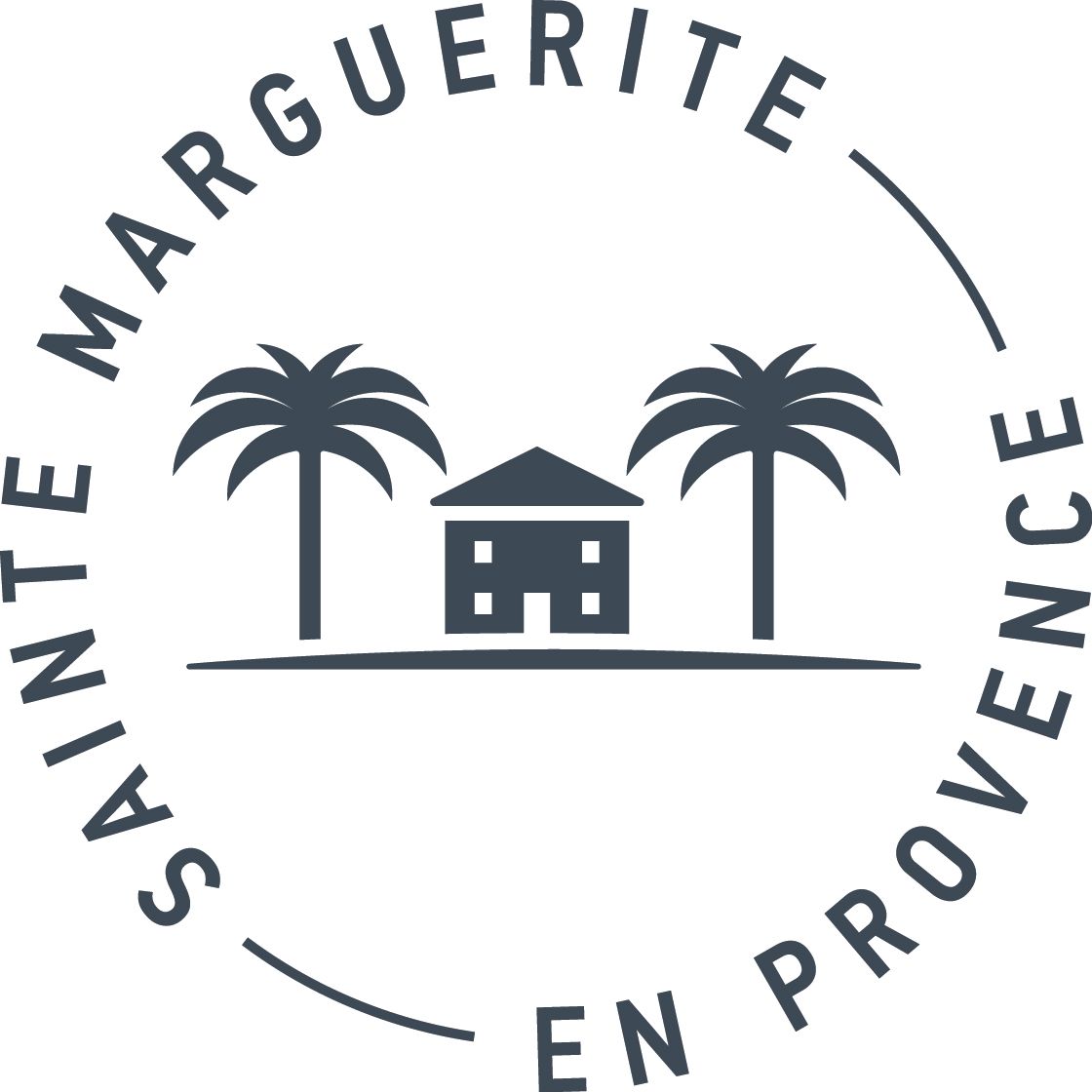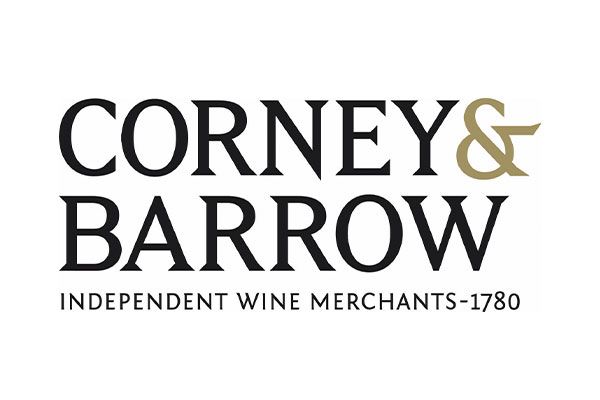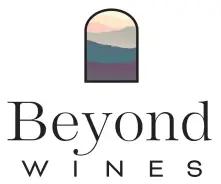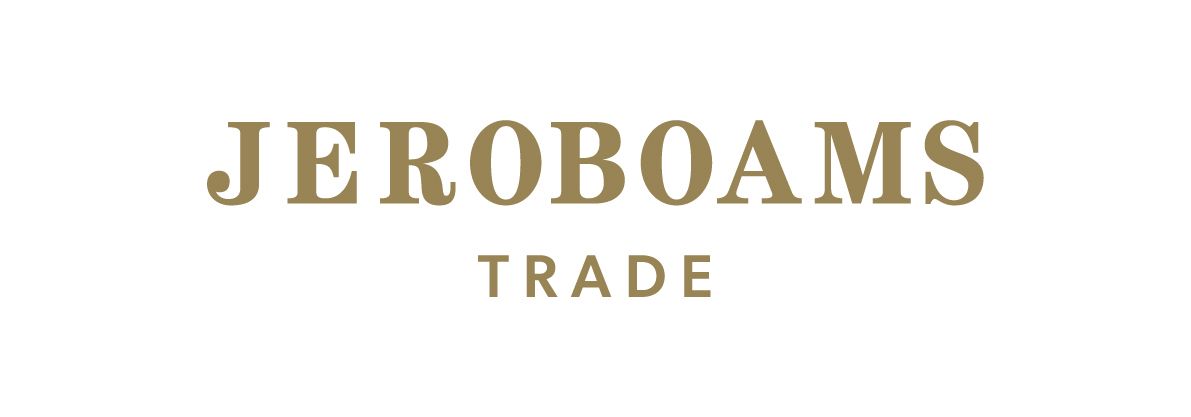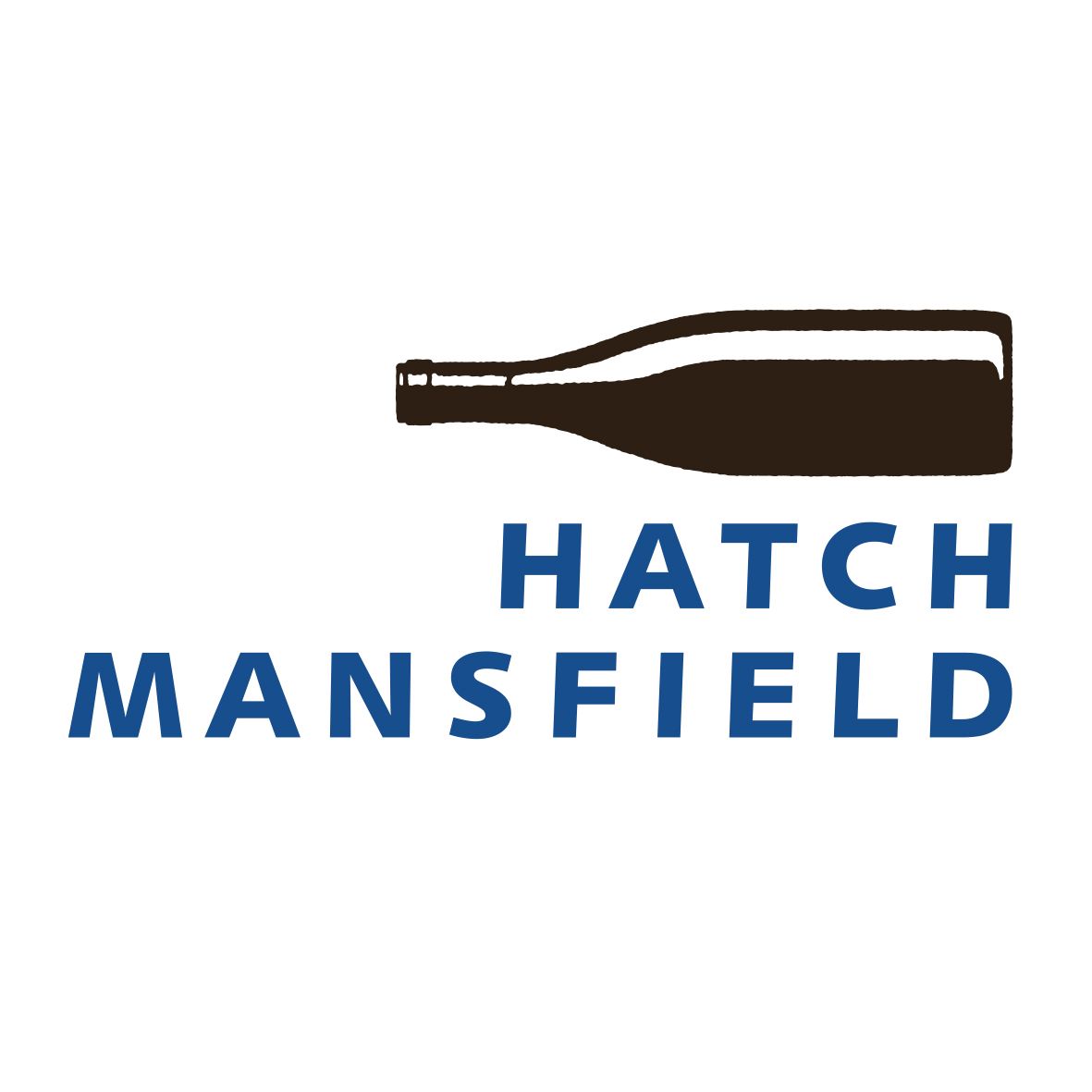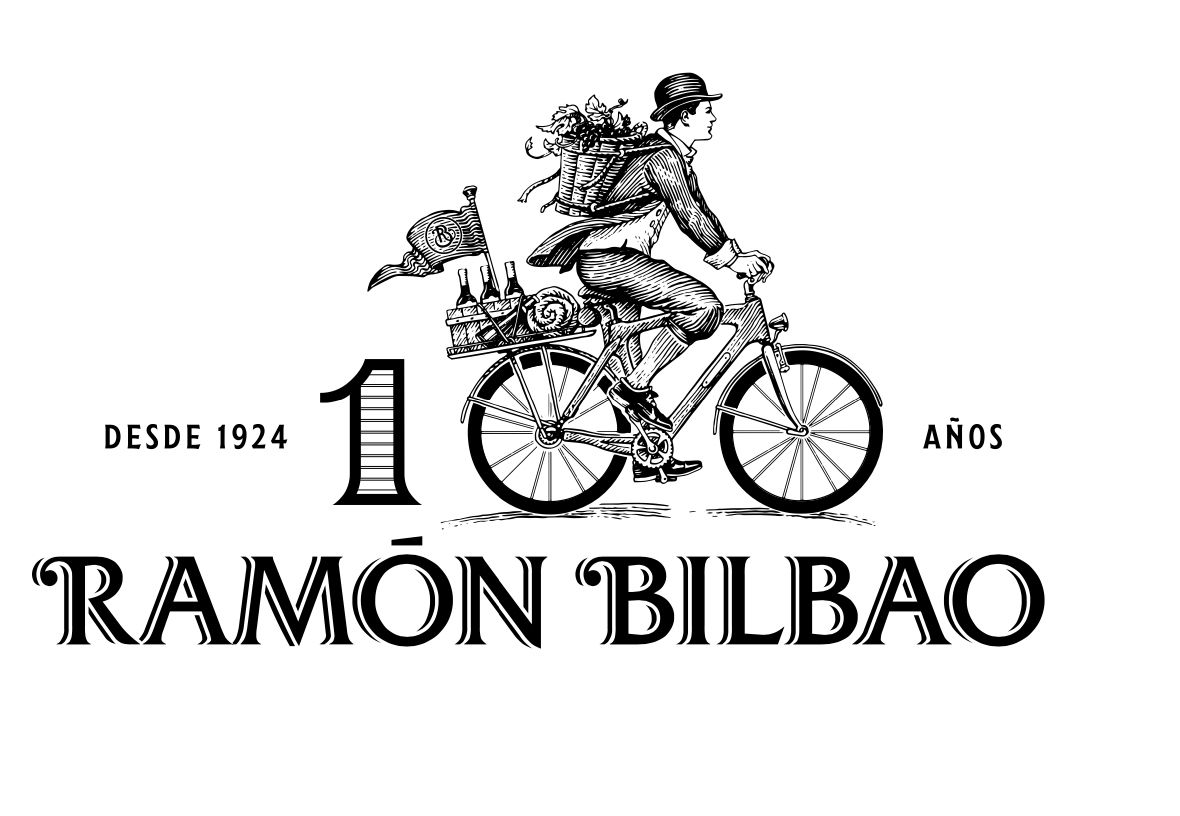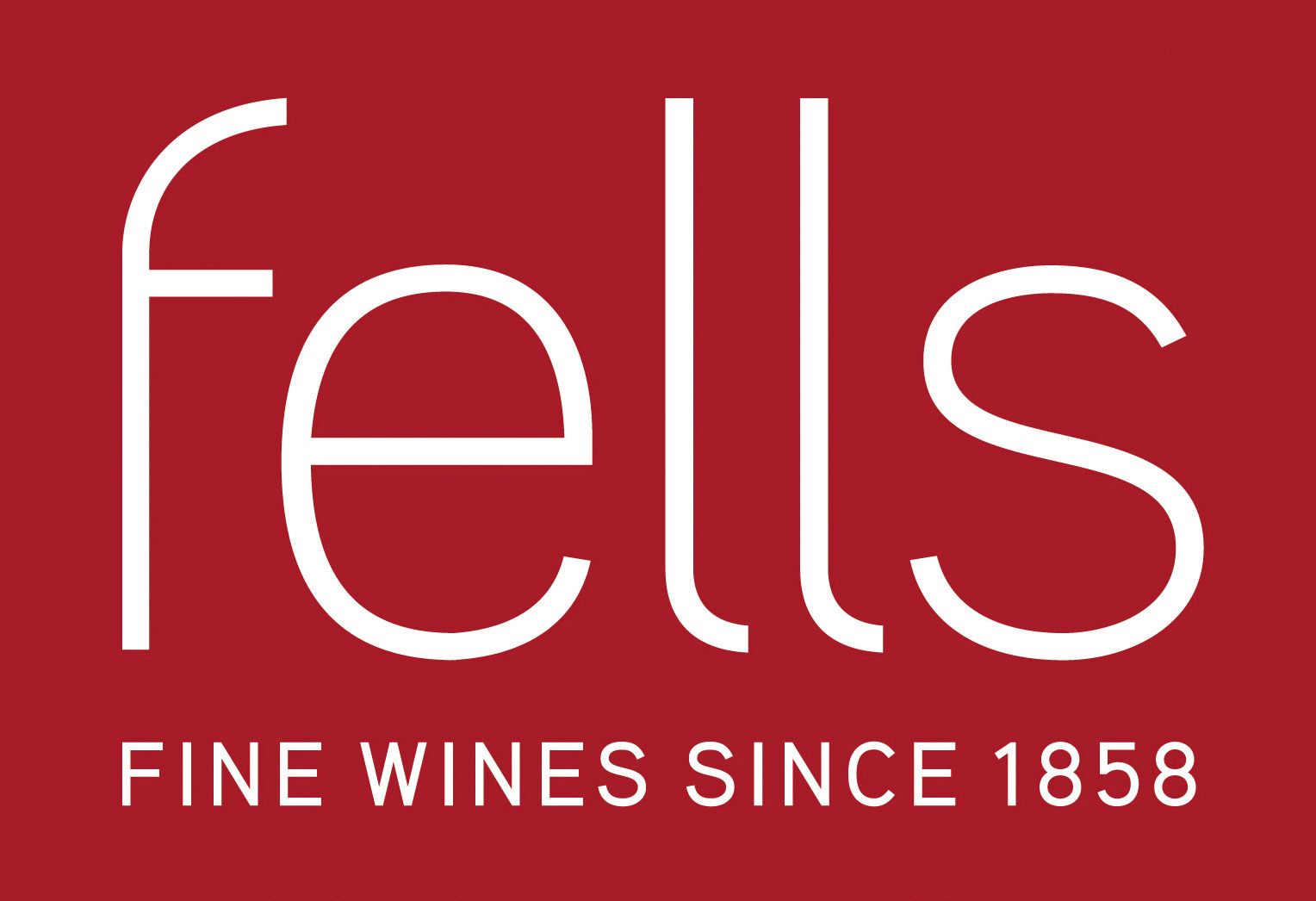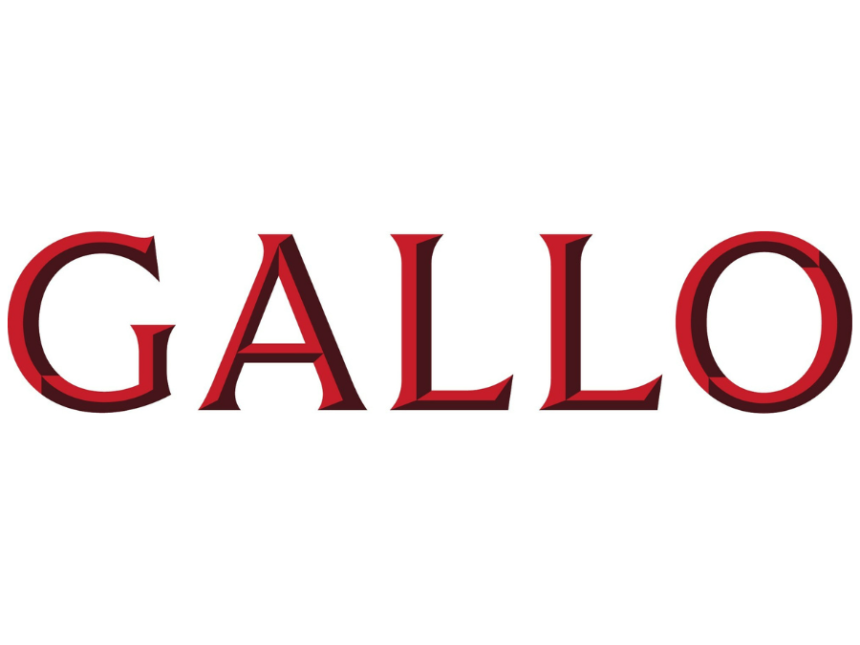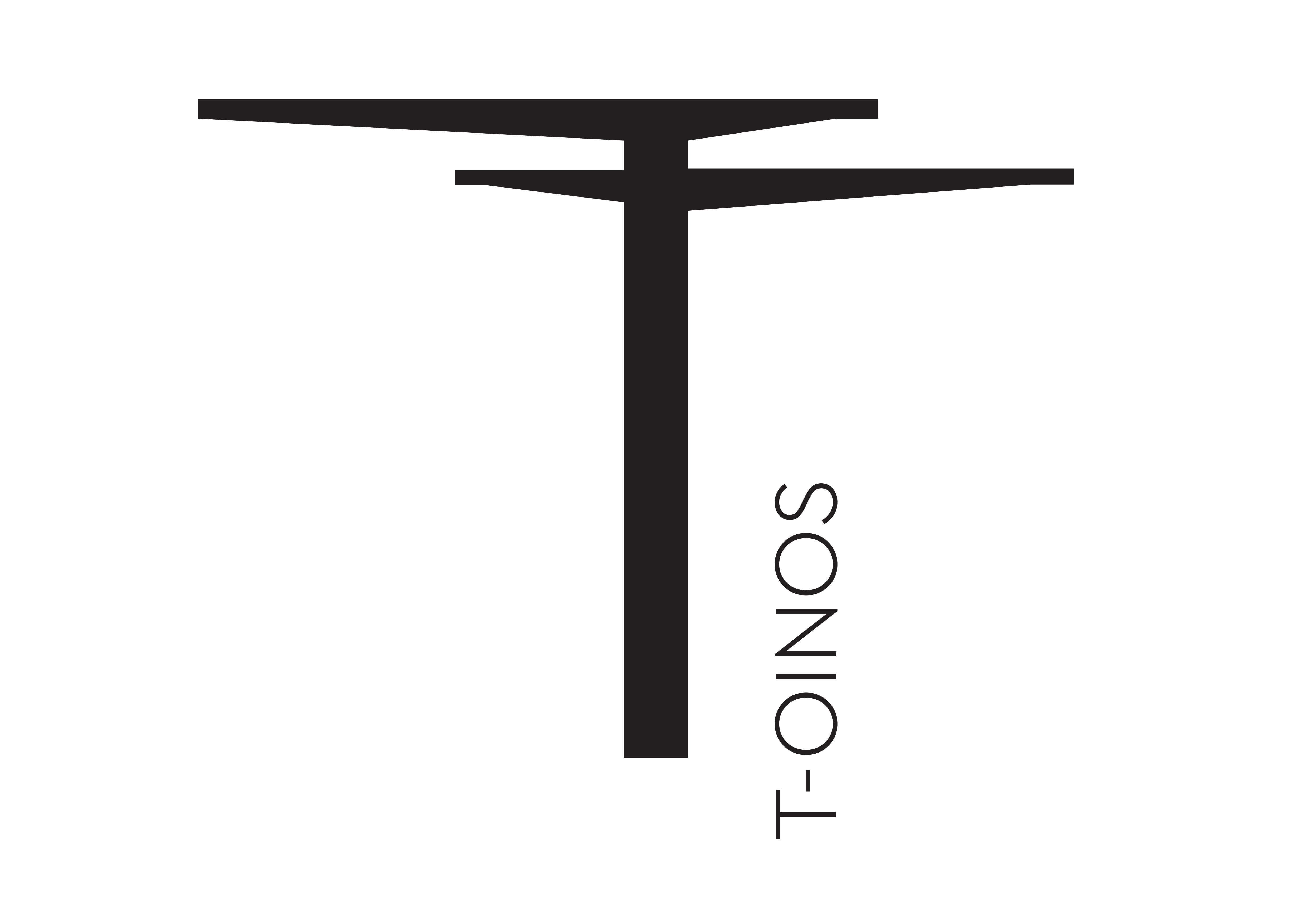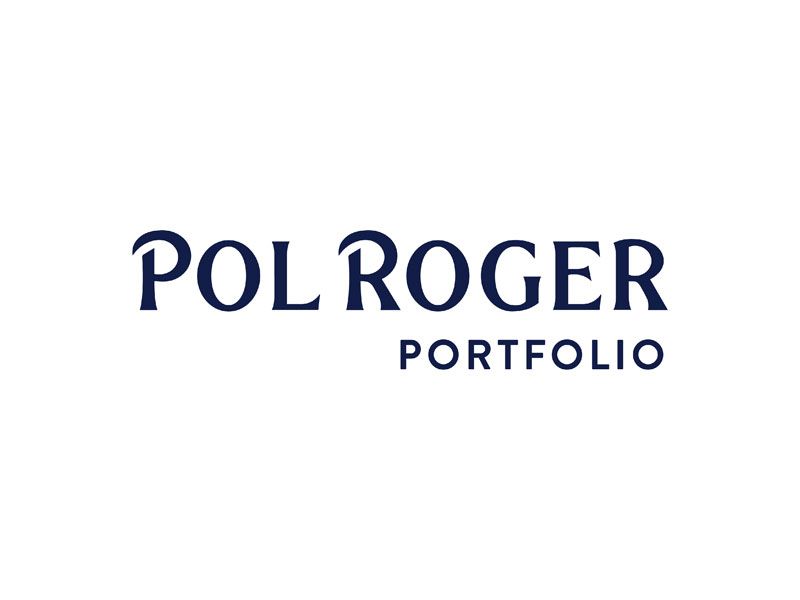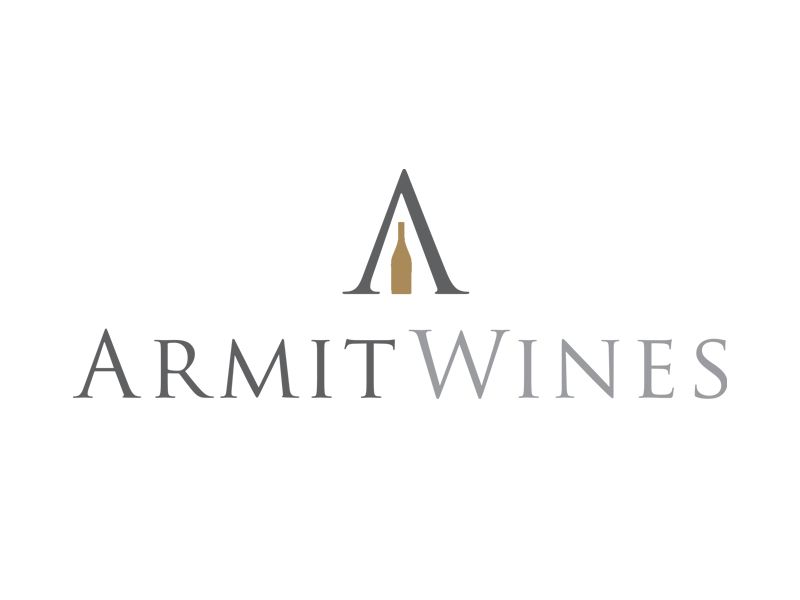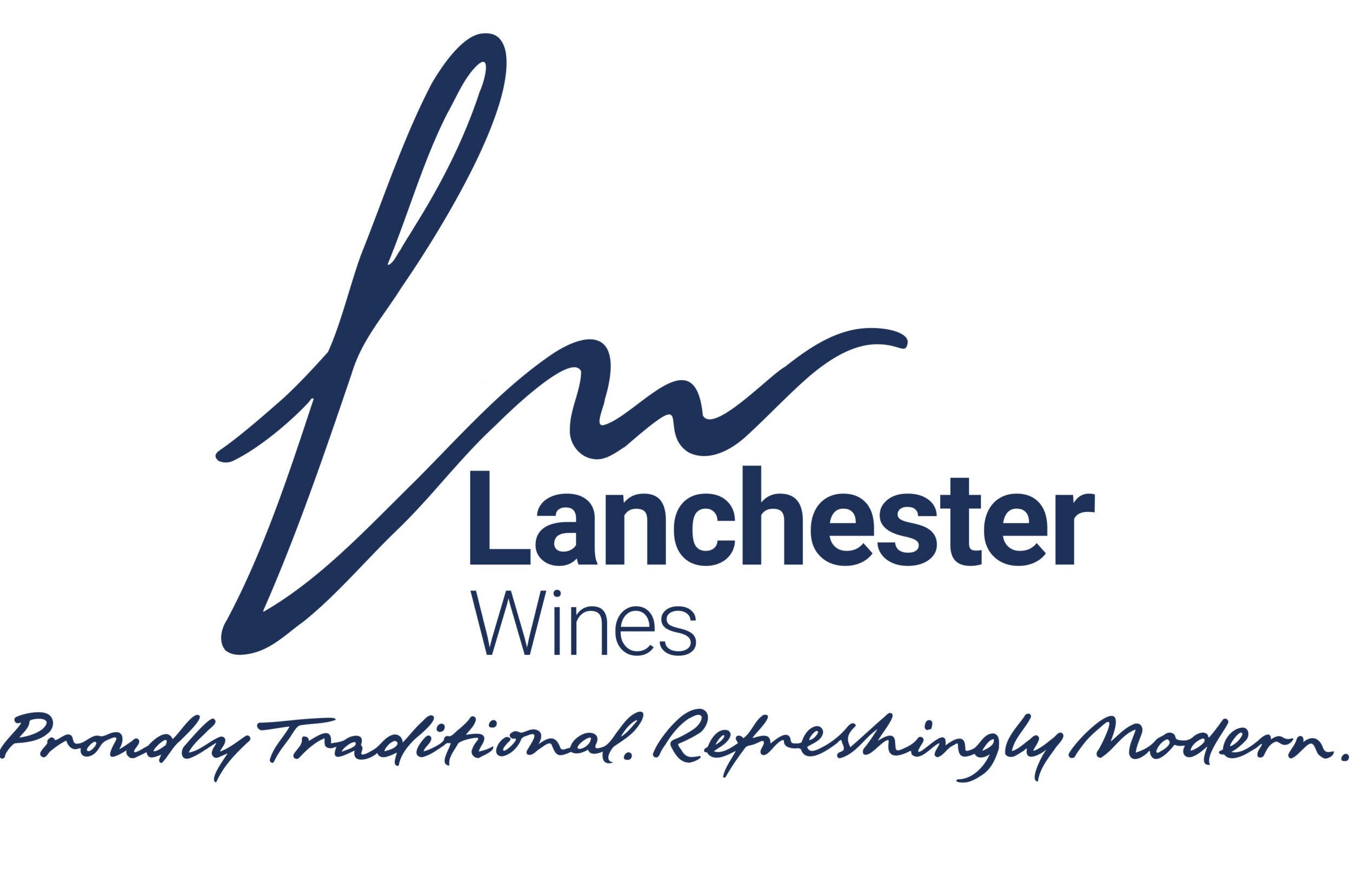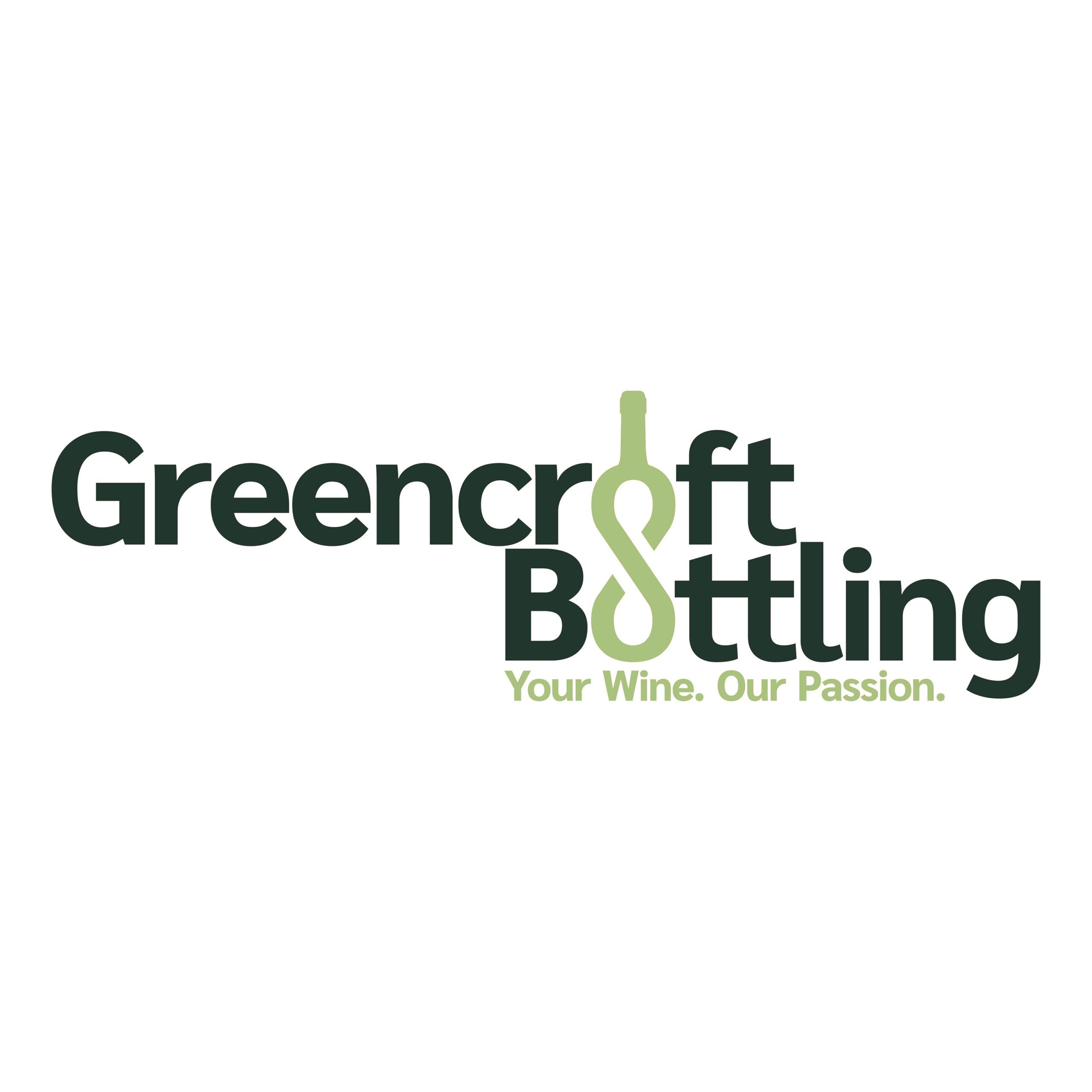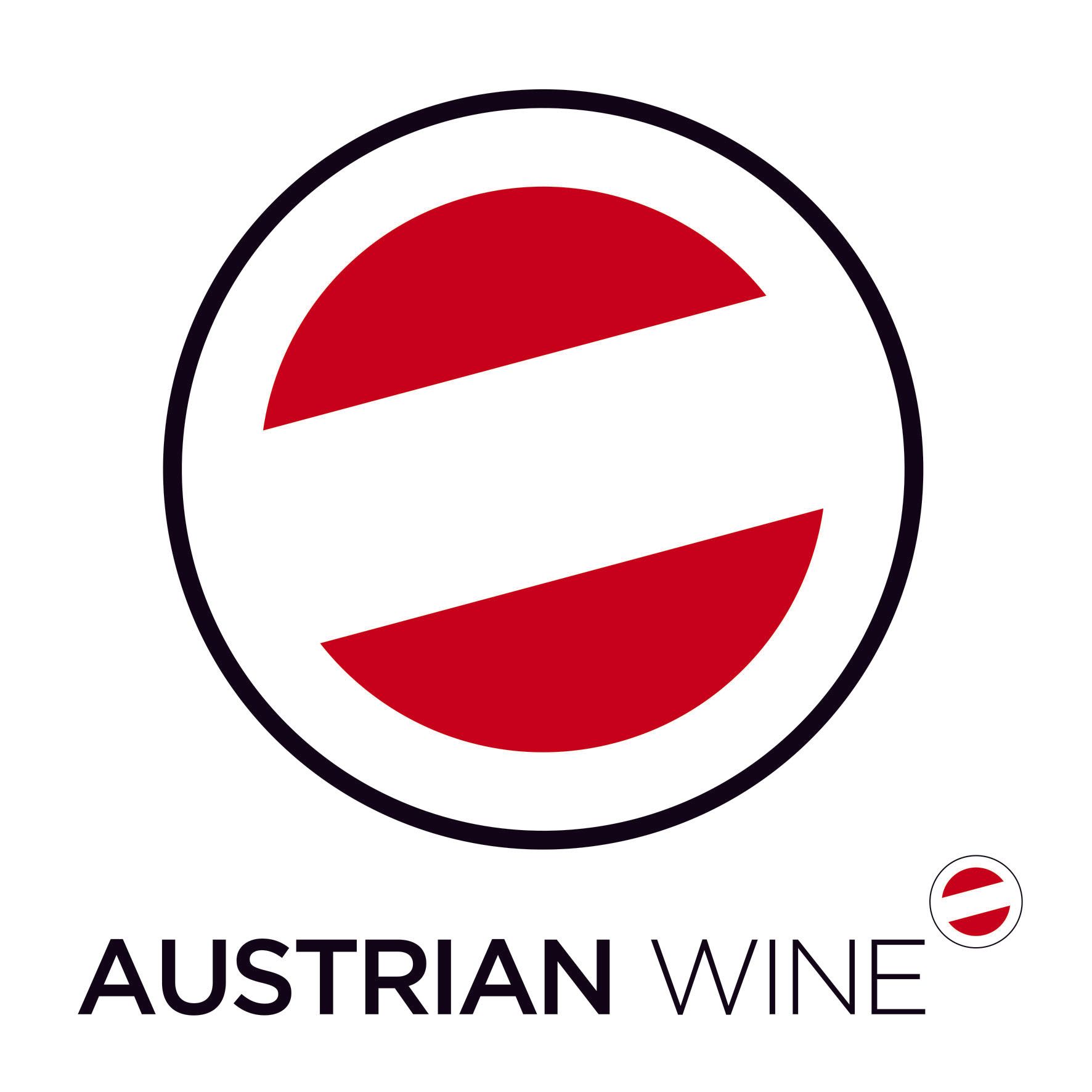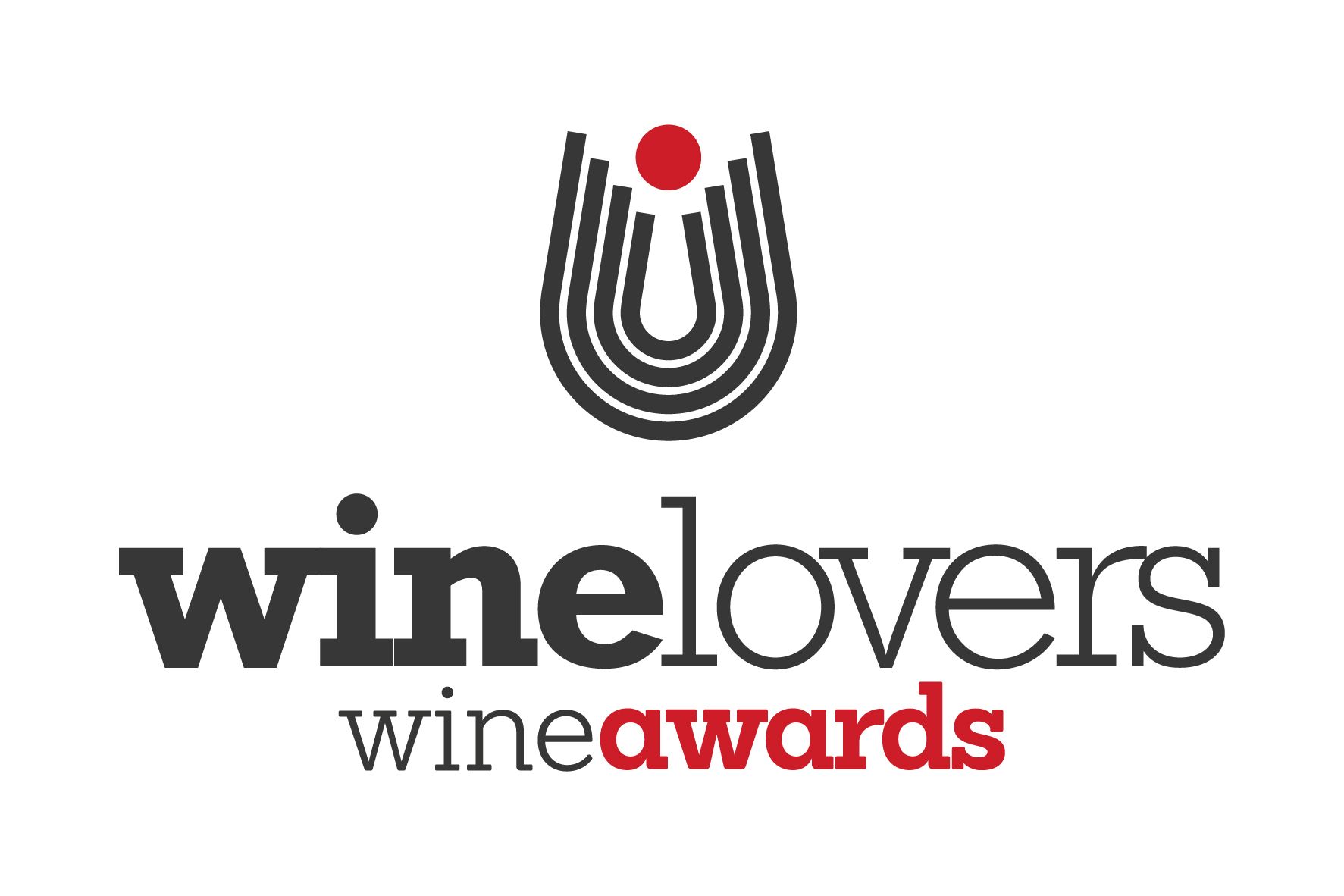“I love the way this company champions local grape varieties, and makes it a voyage of discovery for the consumer, rather than trying to disguise it behind a brand name,” writes Dean.
Turning someone onto a new wine is one of the greatest perks of being a wine writer – especially when it challenges preconceptions and prejudice. A review that I posted on The Buyer’s Instagram feed on the weekend of an impressive new white wine I had tasted, was met with an instant flurry of excitement with one of London’s top sommeliers answering “Must nip to Asda in Peckham to buy some” and a leading social media influencer posting an ecstatic post the following day praising it to the Heavens.
The wine is one of two wines exclusive to ASDA on its Wine Atlas label – Feteasca Regala and Feteasca Negra – both indigenous Romanian grapes and both retailing, wait for it, for £5.25. The Feteasca Regala won a Decanter gold award last year – it’s well made and delicious.
What I also like about this wine is that the Romanian producer Cramele Recas has not tried to hide this hard-to-pronounce ‘little known’ grape on the back label, and disguise it with a brand name – it’s making a virtue out the unknown – a mass market niche product, if you will.
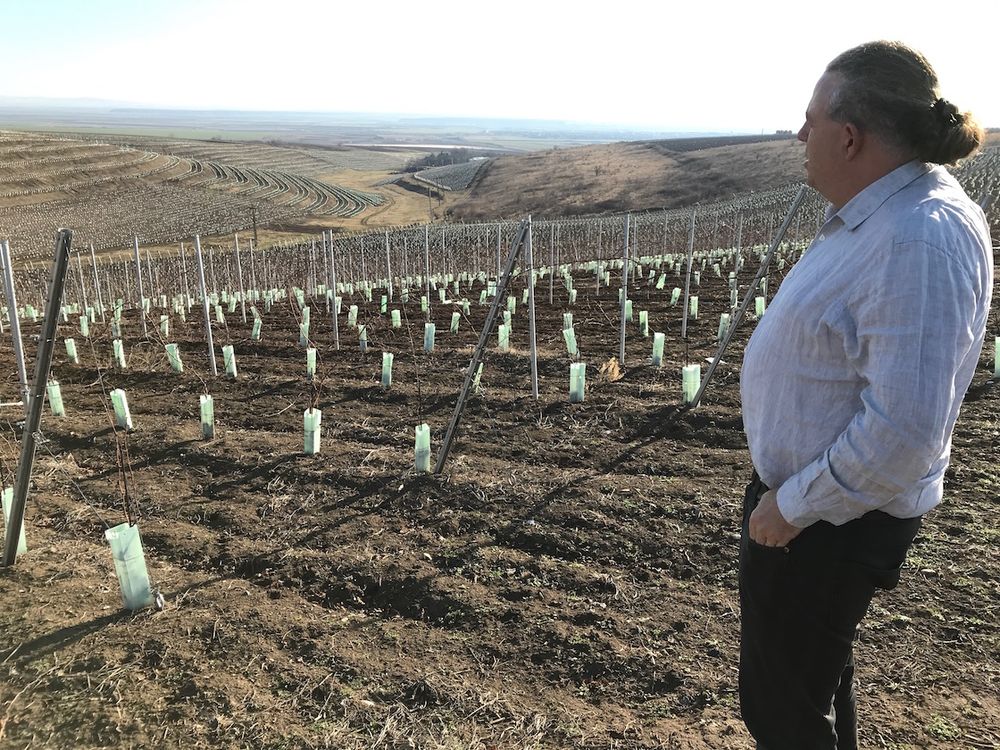
Cramele Recas’ commercial director Philip Cox inspecting new plantings at some of his 1200 hectares – all on limestone hills, 200-250m above sea level
The same could be said of Cramele’s Solara range, the wine producer’s first foray into making Natural Wine, which it started in 2016 and now includes Orange, Glou Glou (a red vin de soif) and Solara Rosé. All three wines are worthy of attention but to take the Orange as an example – here is an excellent £10 Natural orange wine that last year sold 120,000 bottles and this year has a 200,000-bottle target making Cramele the largest producer of Natural wines in Eastern Europe in just four years.
So how do these guys do it? To find out I travelled to Timisoara, Romania’s third largest city on the border with Serbia and Hungary to find out.
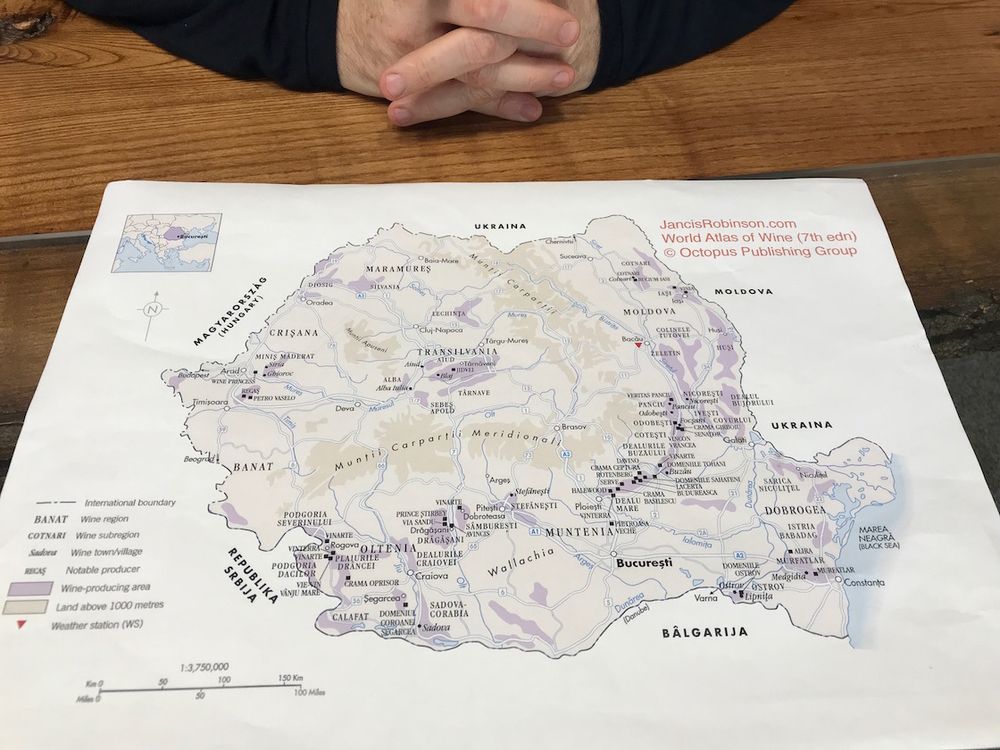
The vineyards surround the winery in the west of Romania in the region of Banat, 25km from Timisoara
Cramele Recas has a fascinating back story – bought out of run-down State ownership in 1998 and transformed into an all-whistles-and-bells state of the art winery that is producing 25 million bottles from its three sites. You can read more about the origins of the winery here, and in forthcoming features we will be looking in more depth at the business model and the views of the winery’s Bristol-born commercial director Philip Cox.
In this piece, however, I wanted to look at the wines – and pick out wines that work well both in the on and off trades.
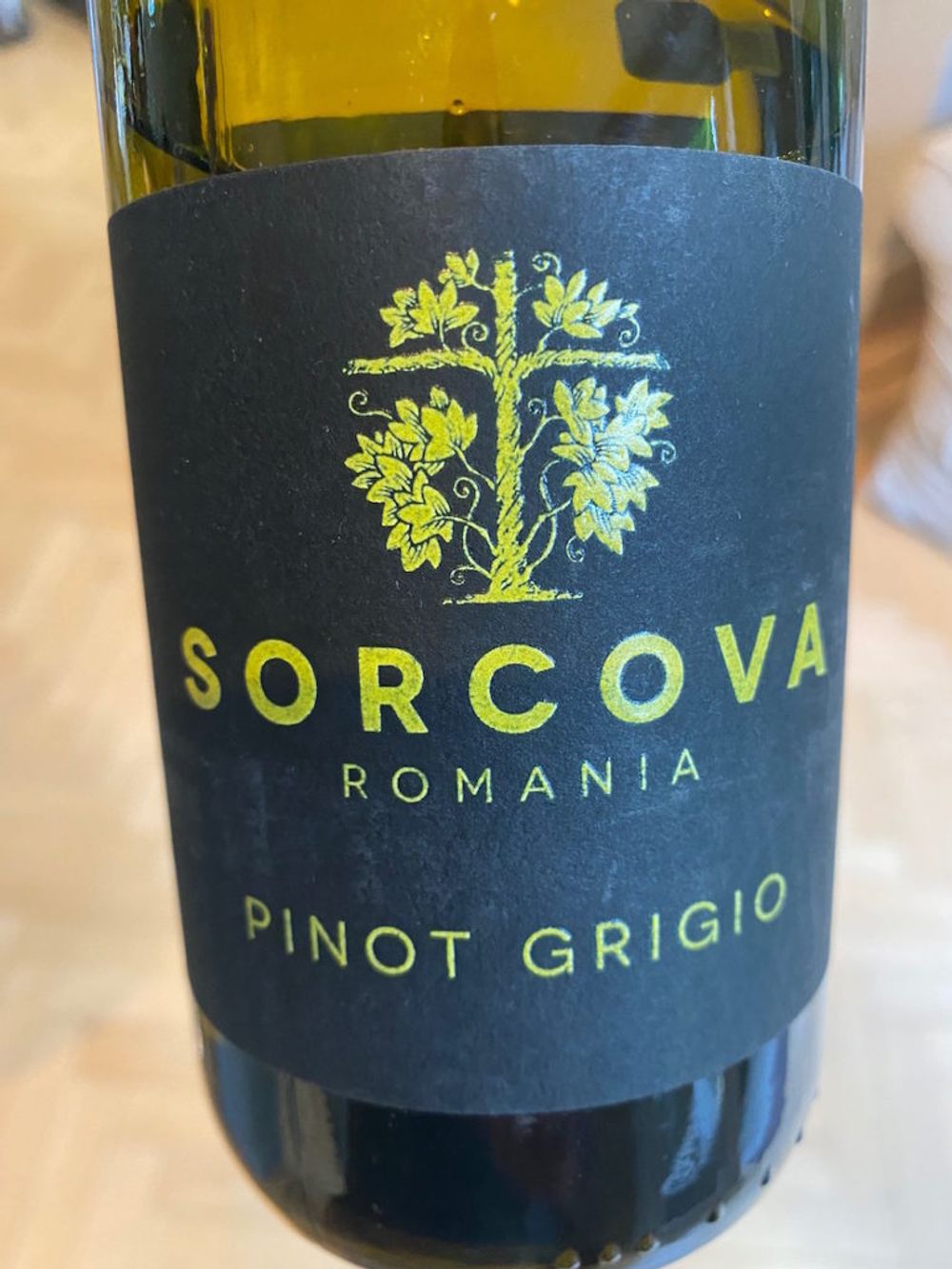
More Pinot Grigio sold in UK supermarkets comes from Romania than Italy. Sorcova is a new listing in Waitrose.
One of the interesting things about Cramele Recas is that it gears its winemaking totally towards the customer and what they want and are looking for.
The approach is as self-effacing and devoid of ego as Cox himself, who was not born into money, did not inherit his winery or buy it after selling a hedge fund – he has re-built it entirely around his experience working with big drinks brands in Europe.
You will not find terroir, winemaker, appellation or even, most of the time, the name Cramele Recas on the front label, instead you see strong, graphic-led products that speak to individual customers – after all Waitrose customers look for different things than say Co-op customers, or indeed all manner of on-trade. This is why of the 68 different wines Cramele produces, there are a staggering 250 different names and labels – many exclusives and own labels – 70 or so of which are available in the UK. They do not launch wines and hope they sell, but rather make the wines and package them specifically to customer demand.
The company is like a music producer, if you will, content not to hog the spotlight, but concentrating on getting the mix right, adjusting ‘the volume’ up or down, to facilitate hit after hit.
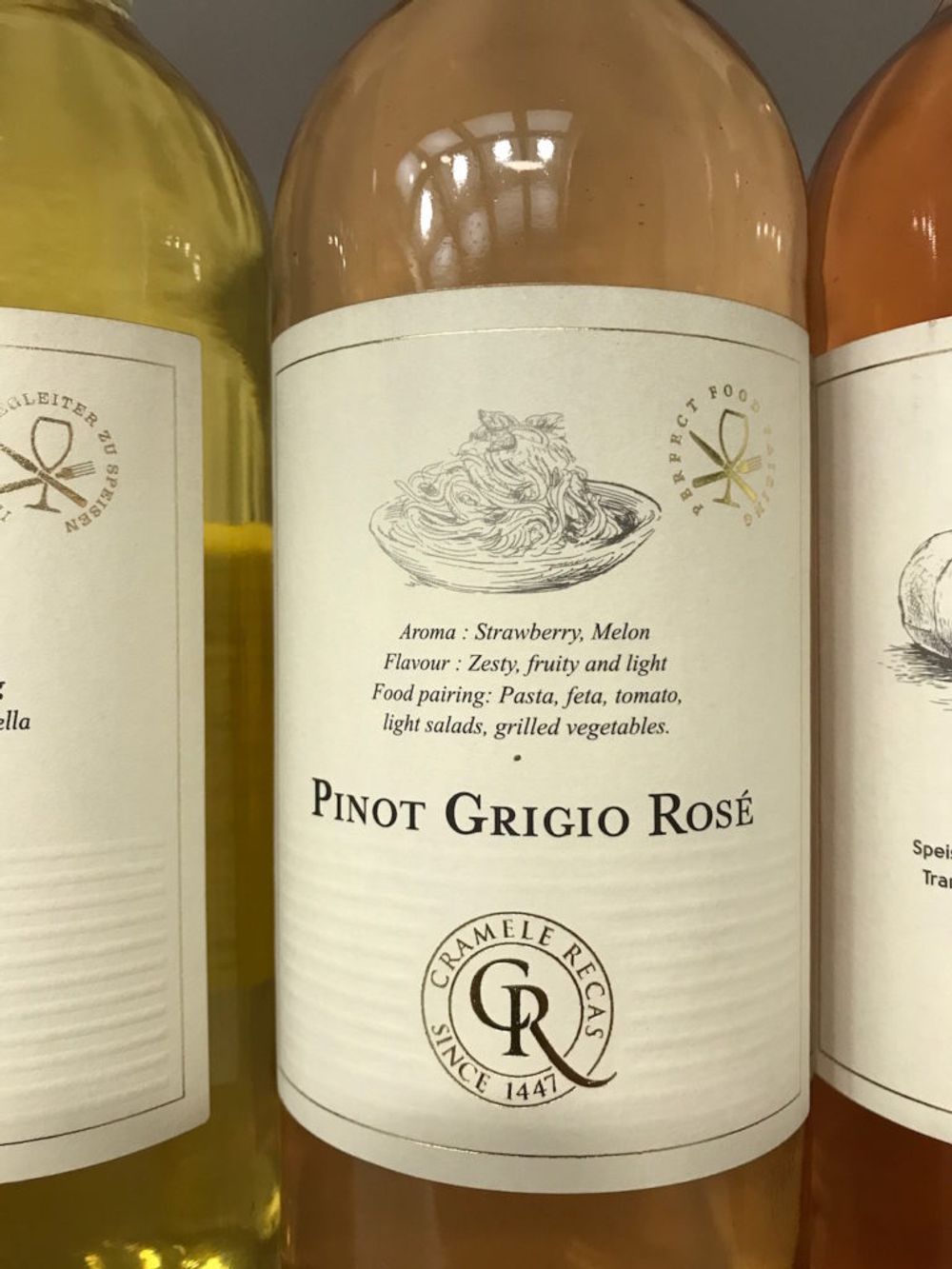
A customer-facing approach: helping them make the right choice with simple, easy-to-understand information
That is not to say that Cramele’s 1200 hectares of vines aren’t in first class terroir – they are – or that the winemaking isn’t given priority – it is. Since taking over the winery, Cox and the other two owners have invested over €36m in the past 20 years in new plantations, vineyard equipment and infrastructure, and a further €28m in winery and laboratory equipment and a state of the art bottling line.
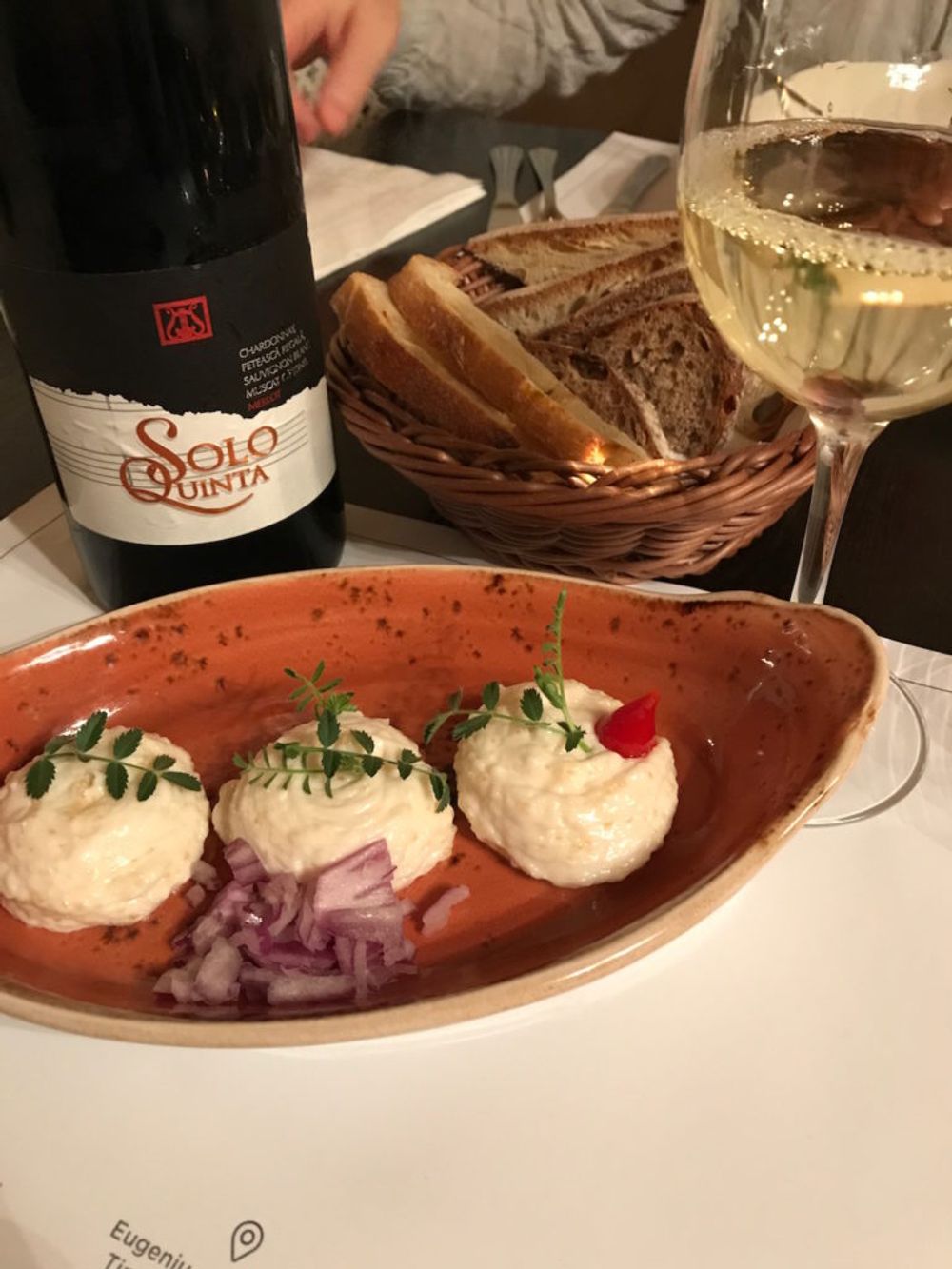
Apart from exporting 50% of production, Cramele Recas is a leading player in the growing Romanian premium market. Here a top white is paired with local speciality smoked pike roe.
The winemaking team is led by Australia’s Hartley Smithers, Spain’s Nora Itiate and Romania’s Florin Voloaca who are veterans of over 50 harvests in all the world’s wine regions, and maintain a high standard of winemaking given that they oversee a bewildering annual output of 25 million bottles.
Because they do and because the costs of production in Romania are relatively so low, would seem to play into Cramele Recas’ favour – especially when (post-Covid) price point will increasingly become an issue.
The latest Cramele Recas wines
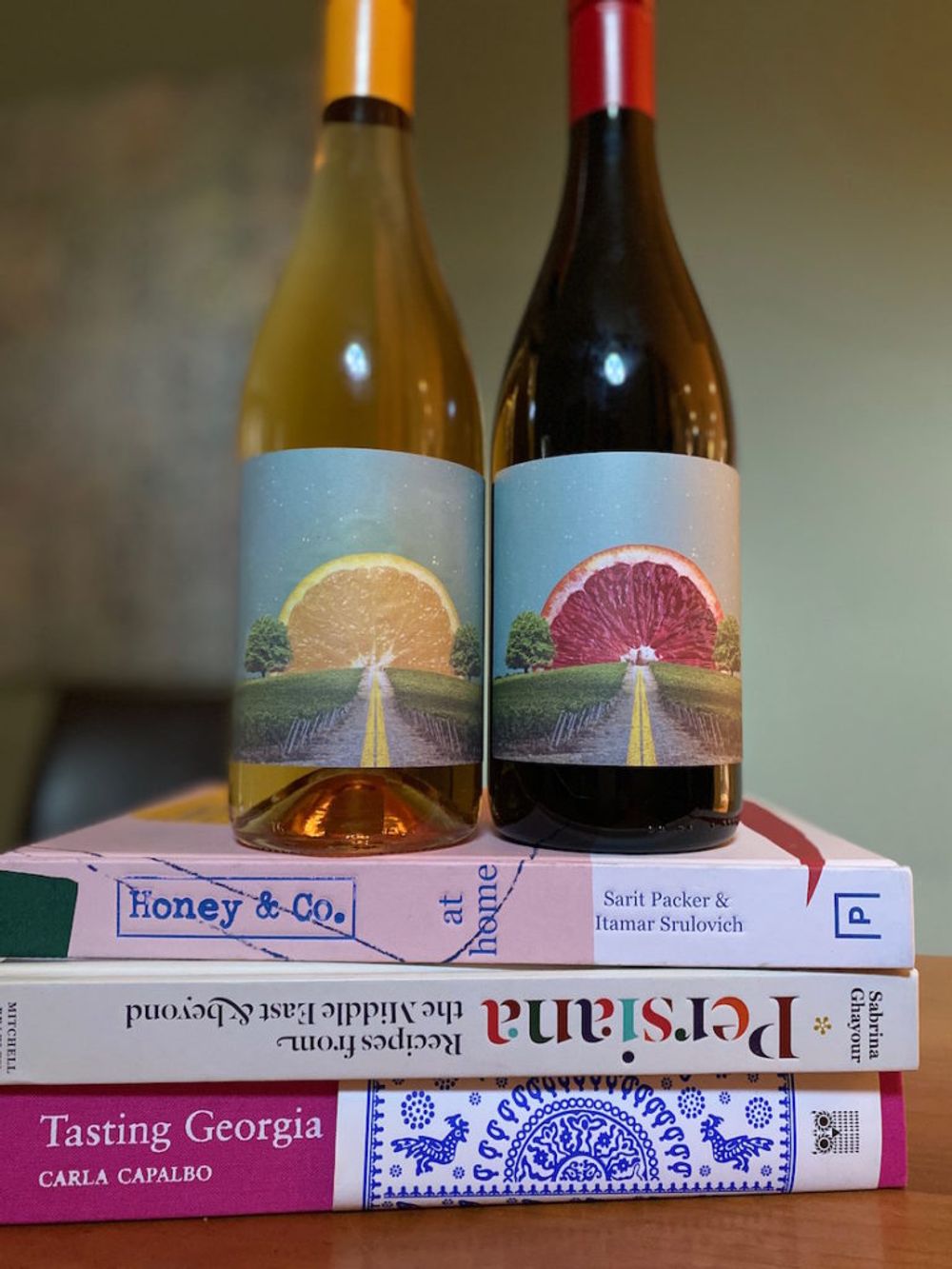
Two Natural wines from the Solara range – Orange and Glou Glou – and an idea of the contemporary cuisine we have been experimenting with during Lockdown
Cramele Recas wines available in this country are a mix of international and indigenous grape varieties, available in both the on and off trade. Before Covid struck, Philip Cox and his team had just started to work his premium wines in the on trade more, particularly ones which blend indigenous and international varieties together.
Below is a list of 16 wines I have picked from the huge range tasted on a visit to Romania and also experimented with during Lockdown with food that I believe matched the wines well. Listings and trade/ retail prices are noted, n/a marking a current unavailability in this country.
ROSÉ/ ORANGE
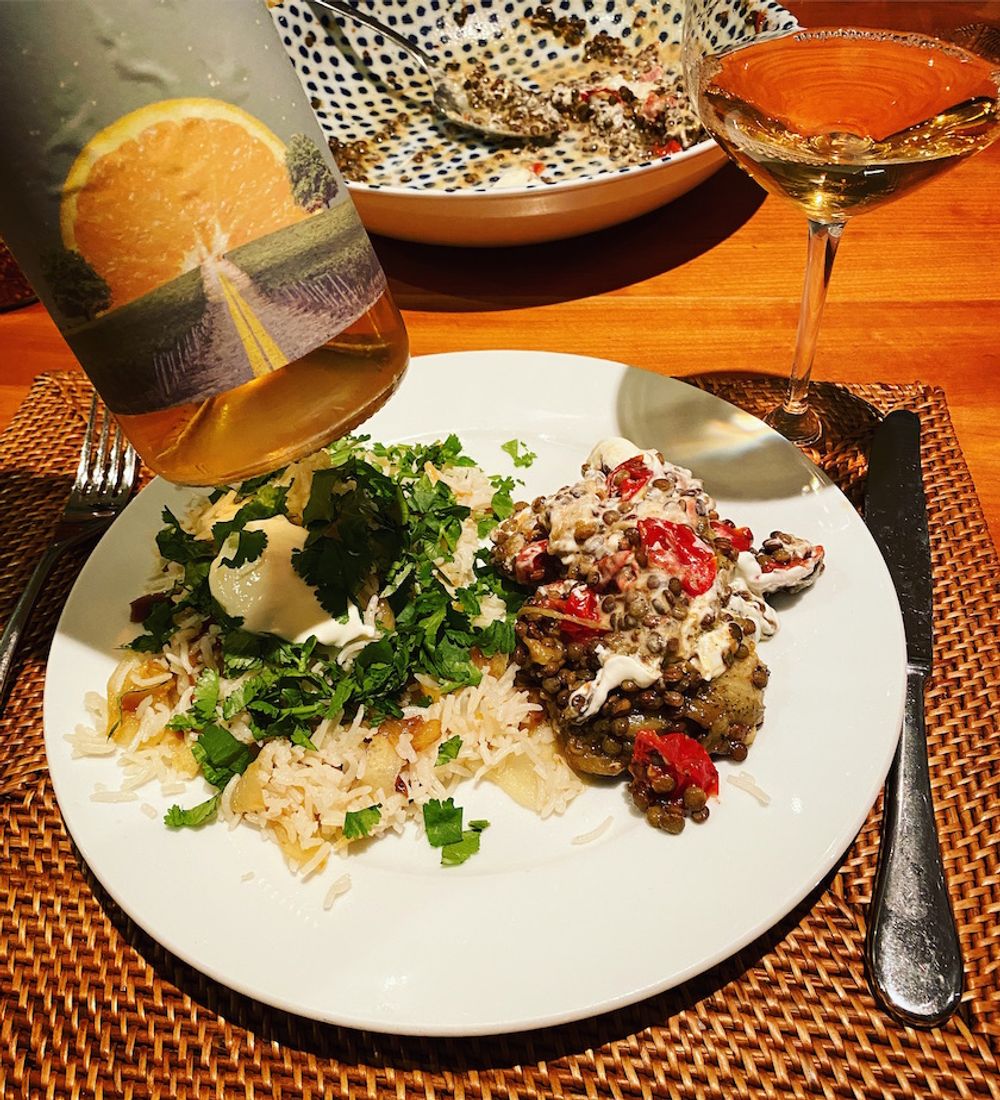
The Solara Orange works as an aperitif and holds its own against robust, Middle Eastern spices
Solara Orange 2018
Part of a four-year old Natural wine project – this is an orange wine that manages to be serious and fun at the same time, and is a great introduction to orange wines generally – refreshing like a white wine and complex like a red. Unmistakeably an orange wine on the eye and nose (the label’s a bit of a giveaway too!) – rust/ marmalade colour; complex and structured: on the nose there’s an inviting mix of macerated apricots, dried mango, but also wet stone, and dry herbs; the palate is so fresh and refreshing and yet has real structure and an attractive tannic grip that gives it a serious quality and will give it enormous gastronomic potential. The dry finish is long and has a tiny lick of sweet/ sour grapefruit. The varieties used are Feteasca Alba 51% Sauvignon Blanc 19% Others 30%. Natural yeast, unfiltered and unfined.
I like this a lot and I think will convert many people to orange wine, especially if they have been put off in the past by wines that are too funky. You can also find it for less than £10 rrp in the UK which is remarkably good value. The only potential downside is that some customers might think it is made from oranges – a point that was raised on social media. (Alliance, Tanners, On and Off trade, £12.50 RRP)
Sanziana Pinot Grigio Rosé 2019
A Rosé made from Pinot Grigio – light pink, red berries and meadow flowers on the nose, the palate has ripe, red fruit but there is an interesting balance here between the full flavours and a dry, sandpaper texture that lends it a bit more seriousness and gastronomic use. Surprisingly long finish for a Rosé with a little sherbet lift on the tail. This is one of eight Pinot Grigio rosés that Cramele produces under different exclusive labels. (Corney & Barrow, On trade and Off trade, £8.25 RRP)
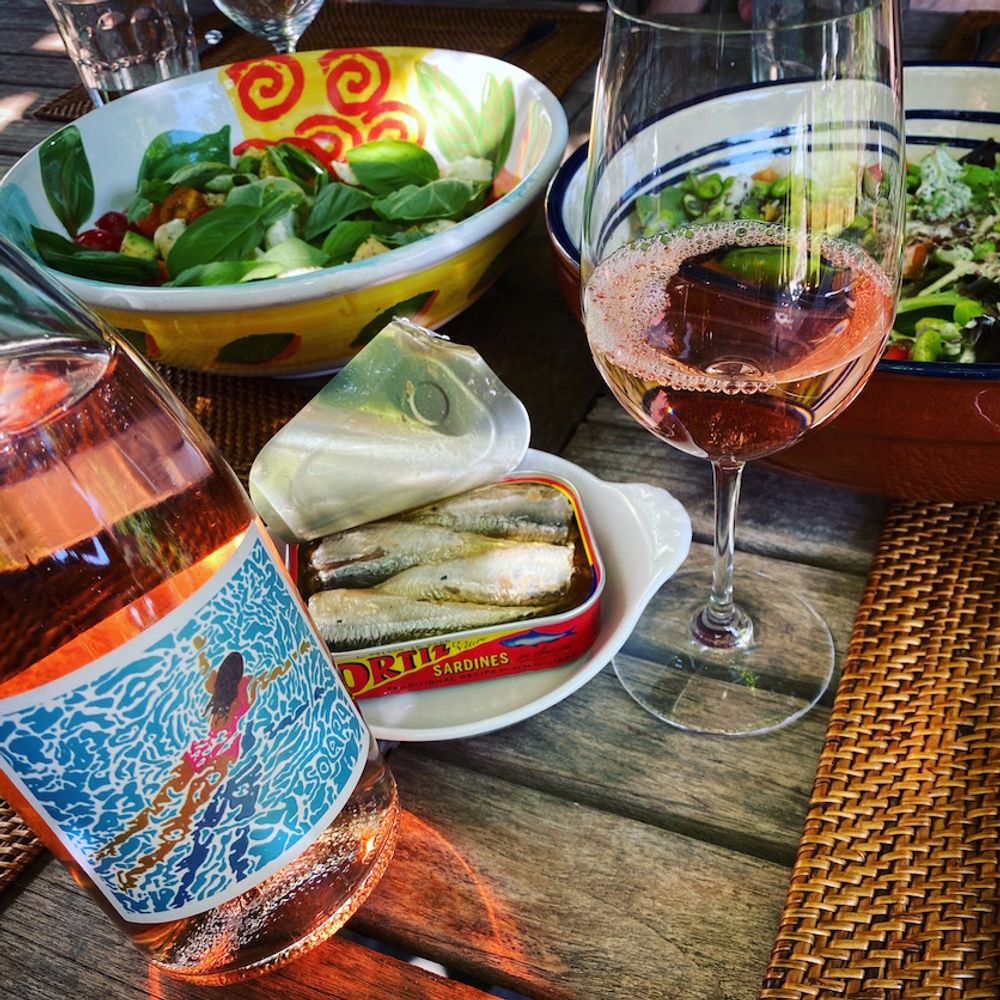
Lockdown lunch: a rosé that does ‘exactly what it says on the tin’
Solara Rosé 2019
Such a great label for an easy-drinking summer Rosé, and the feedback on social media when I posted this on Instagram and Twitter has been considerable. The wine delivers too – for those who like red fruit-forward flavours. The colour is light, bright pastel pink, the nose is strawberry/ raspberry with a hint of complexity (there’s 35% Feteasca Neagra in the blend). The palate is fresh and crispy with a nice balance between dry, stony texture and abundant raspberries-and-cream or strawberry pavlova. (Alliance, On trade and Off trade £8.99 RRP)
WHITE
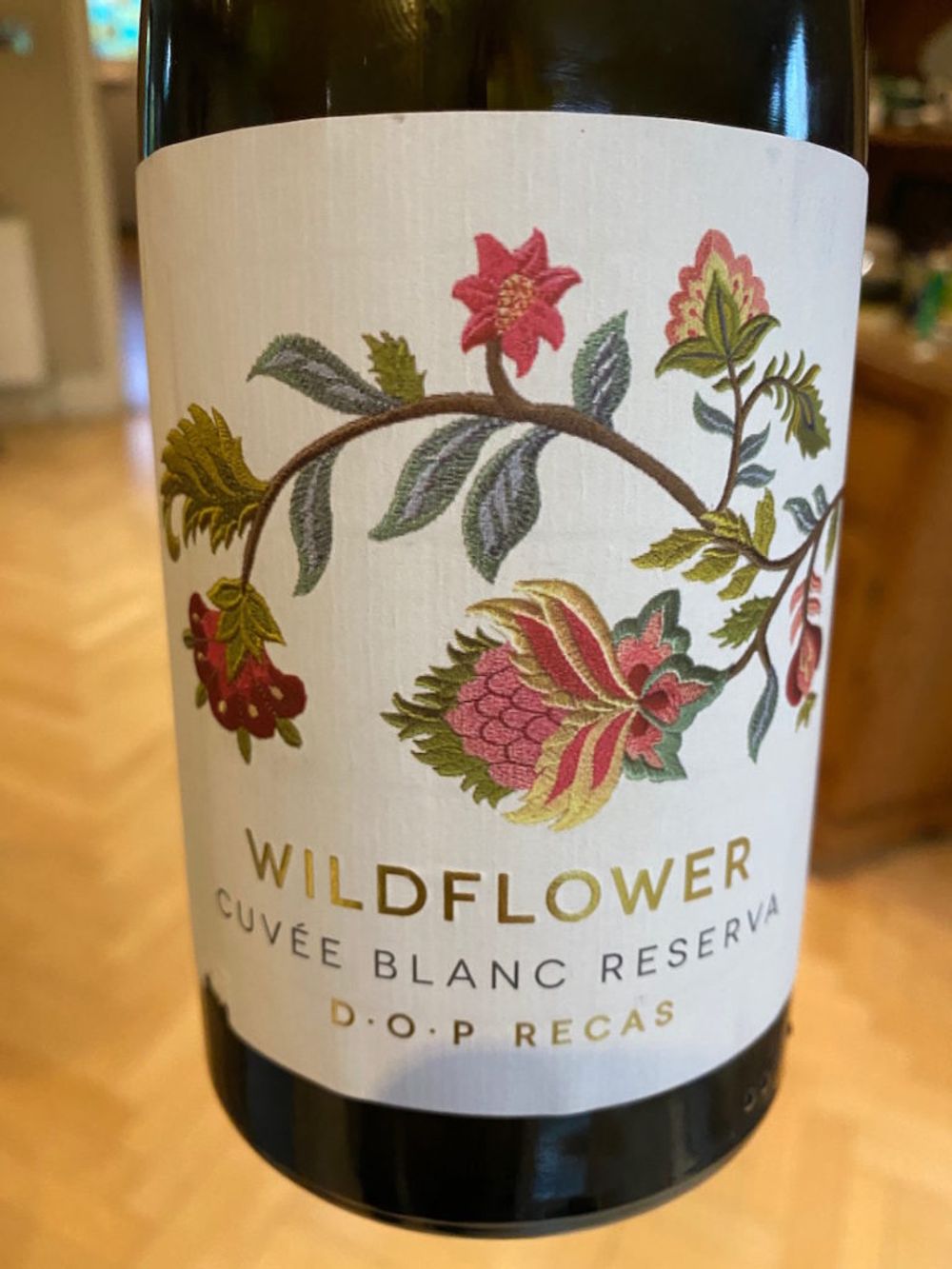
Wildflower Reserva, Cuvée Blanc, 2019
Cramele Recas’ top white wine is a complex blend that is a true original and the brainchild of head winemaker Hartley Smithers – Chardonnay, Feteasca Regala, Sauvignon Blanc and Muscat Ottonel, part-vinified in steel tank, part vinified in new French oak barriques. Pale gold; the nose is fascinating, a real puzzle, with notes of white peach, guava, sugared almonds, a touch of banana; the palate has weight, density, is really complex, fresh and full-bodied at the same time. There is a lot of fruit here, with yellow melon and sweet lime. Excellent. IWSC silver medal winner. (St Austell, on trade, £n/a)
Wildflower Sauvignon Blanc 2019
A really nicely put together Sauvignon Blanc that has it both ways – namely that it will satisfy the core market but also will pleasantly surprise those who think the grape is a one-trick pony. Very pale yellow/green; bright, attractive nose, fruity but not overly-ripe, notes of orange, some tropicality – guava, pineapple – but elegantly so; the palate is off-dry, crisp, zesty, focused, the acidity feels high on the finish but nicely balanced. A real crowd pleaser that would suit a party, barbecue, or could easily work in a restaurant setting. 12.5% ABV. (O’Briens, €13.95)
Sorcova, Pinot Grigio 2019
Bright, clean, fresh, fruit-driven Pinot Grigio with notes of white nectarine, lime and honeysuckle; the palate is refreshing, dry, crunchy red apple with a touch of mineral and salinity coming through on the finish, which keeps it one step ahead of the bland ho-hum examples you can find. Well made, this is not meant to be over-thought, but enjoyed as a summer afternoon bottle with friends (now that they’re allowed to come over!) (Waitrose, off trade £7.99 RRP)
Feteasca Regala, Wine Atlas 2019
I love the way this company champions local grape varieties, and makes it a voyage of discovery for the consumer, rather than trying to disguise it behind a brand name. There are aromas of lemon zest, papaya and a green capsicum note; the palate is rounded, fruity (pink lady apples) with a crispness that keeps it nicely in balance. Refreshing to see the ABV at 11.5%. This is a hugely successful exclusive for Asda and was the wine I kicked off this article with (Asda, off trade, £5.25 RRP).
Solevari Reserve, Feteasca Regala 2018
If you tried the Wine Atlas Feteasca Regala and enjoyed that then this is a decent step up – with added weight and complexity. It’s not currently on sale in this country but I am sure some astute importer will put that straight; again, good to see indigenous Romanian grapes being championed so forcefully. This has a rich, stone fruit nose, blossom, hints of smoke and wood. Real gastronomic palate, complex, apple pie, little hits of lime zest, lemon grass, savoury – an interesting wine in a good way. Fruity, tasty, good balance. (Virgin Wines, £12.99)
RED
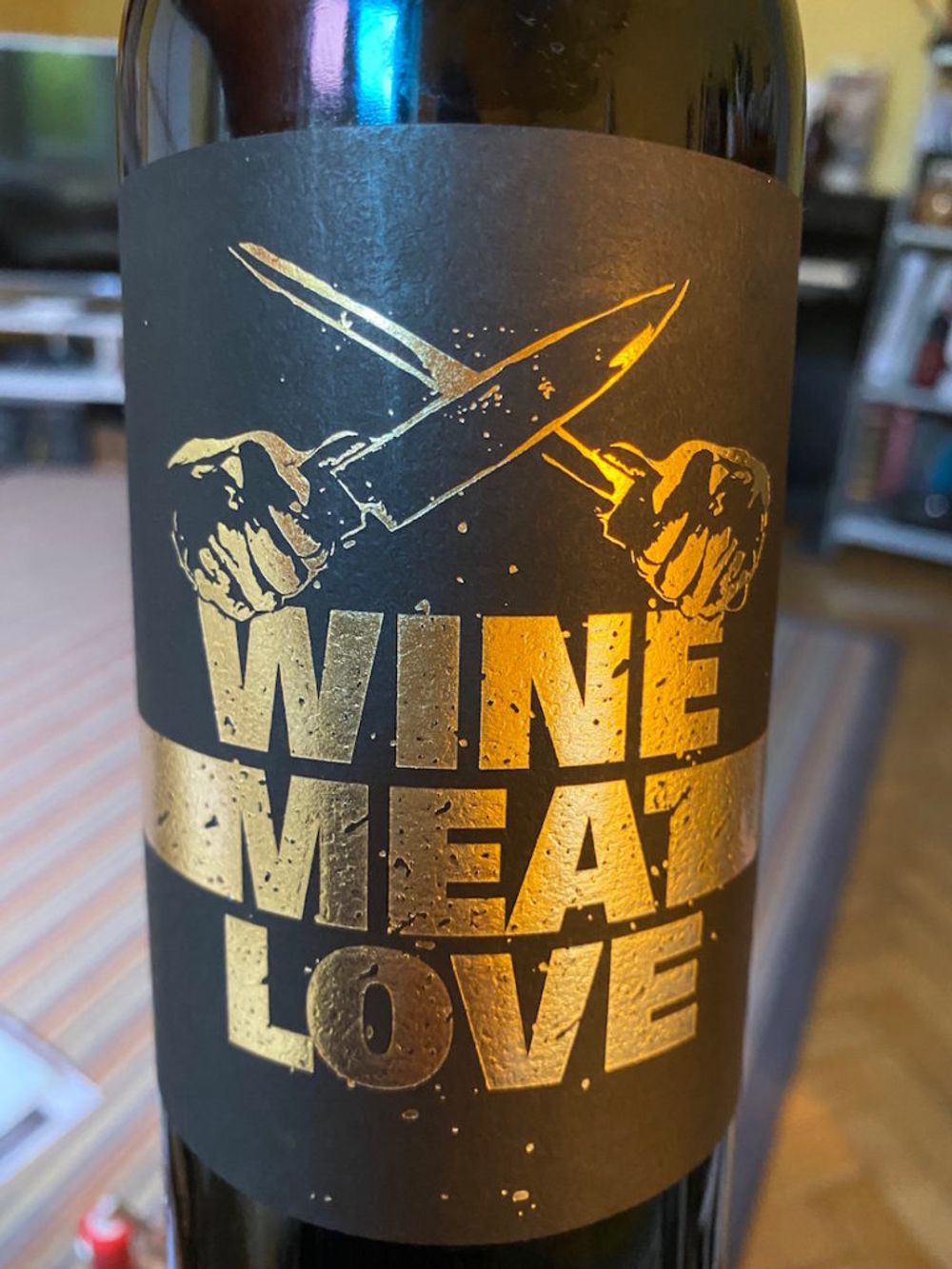
Wine Meat Love 2019
This blend of local grape varieties has a strong label and is aimed at the same crowd that would enjoy the Beefsteak Club Malbec from Mendoza. Bright ruby with purple edges; attractive notes of ripe blackberries, red cherry; mouth-filling, rounded, nice acidic edge, plenty of fruit (black), dark chocolate, – zingy acidity which is there is to cut through red meat. Not a wine to be over-thought but really well made and does exactly what it sets out to do. (Hoffman Bringts, €6.99)
Sorcova, Pinot Noir, 2019
Romania, Bulgaria also, is finding itself as one of the key suppliers to the UK of well made, affordable Pinot Noir – and well it might this is pretty unbelievable value. Light cherry red; bright red fruit nose, touch of fruit cake and smokiness; medium-palate, rounded and welcoming on the palate; raspberry, sour red cherry (doesn’t have so much of the black fruit complexity). Great acidity, 12.5% ABV (Waitrose, Off trade, £7.79)
Solara Glou Glou 2019
You can probably tell by now I am a big fan of the Solara wines and this Natural wine is called a ‘glou glou’ wine – which is a Romanian ‘Vin de soif’ –100% Merlot, whole bunch, natural yeast, fermented for three weeks, unfiltered, unfined. It’s got a lot in common with Beaujolais in that it is an early drinking party wine. Light purple, fresh, fruity, ripe fine tannin, notes of blue plums, blackberry. Honest, direct, well made, cheap as chips, and a wine that ought to be bought in cases. Need I go on? Not to be mistaken with its partner wine the orange wine at the top of this article, which has a very similar label. (Various, Off trade, £8.99)
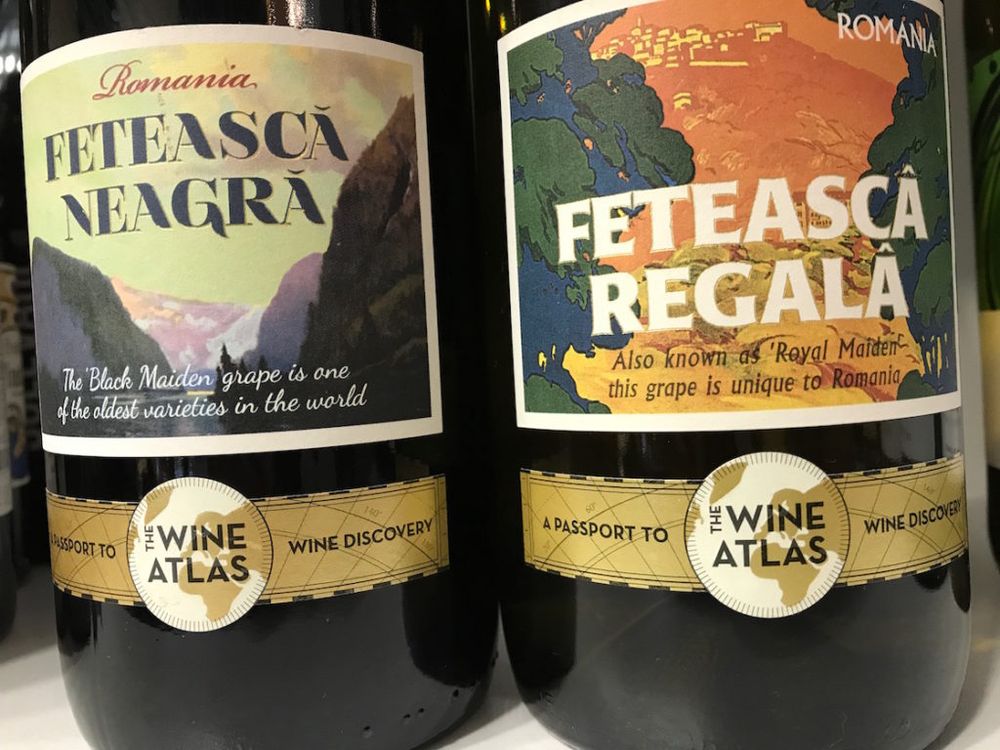
Feteasca Neagra, Wine Atlas, 2019
This the companion wine for the exclusive Asda label. Bright, ruby red with purple edges; red-fruit on the nose, bramble jelly, savoury edge; medium-bodied palate, yummy flavours of blackberry jam, and also red fruit, raspberry with an orange citrus finish. Hats off that they can produce this wine for a UK shelf price of £5.25. (Asda, Off trade, £5.25 RRP)
Regno Recas, Negru de Dragasani, 2019
A cross obtained in 1993 and still in rather limited supply, this grape is hardy, resistant to fungal disease and can produce first rate soft, fruity reds. Light to mid-purple; intense, black fruit nose, blue plum, black chocolate, baking spice, coconut husk; in the mouth the wine is much lighter and leaner than you might expect, textured palate, soft tannins, lovely and refreshing hit of blood orange acidity on the long finish – really mouth-watering (n/a)
Nonius, Feteasca Neagra/ Shiraz, 2019
One of the indigenous/ international blends that would work well in the on-trade. Appealingly wild, the colour is mid-deep purple; there’s a lifted nose of black fruit, spicy, wild blueberry tart, cracked black pepper; ripe tannins, fine-grained texture, good balance, bramble jam finish, Quite big on tannin, but well balanced at the same time and nicely constructed. (n/a)
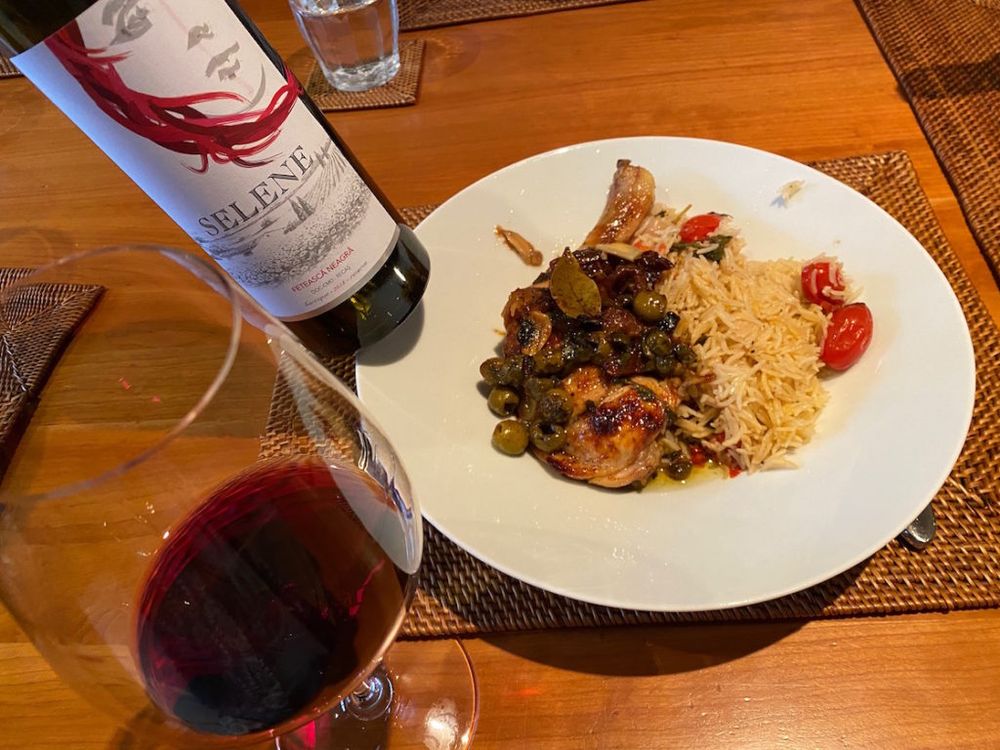
Selene, Merlot, 2017
Tanners carries the Feteasca Neagra in this range but the 100% Merlot aged for 6 months in French oak, has yet to get a UK listing. Bright ruby; generous ripe nose, blackberry, black cherry, vanilla pod, wild herbs, toasty quality; Plenty of intensity on the palate, red and black cherry, strawberry, blood orange, cedar; keen acidity keeps the concentration of fruit in check, the tannins are ripe and well integrated; dry, long finish, with a hint of pomegranate flavour and acidity. 14.5%. The winemaker in this case is Nora Iriarte. (n/a)
Pinot Noir, 2019
Light ruby, almost see-through; spicy nose, raspberry syrup, fruit cake; light-medium palate with nice raspberry, black-cherry richness to the fruit, cinnamon; Light, fresh, interesting too, great texture and acidity. Mouth-watering finish. Superb that you can get Pinot Noir that is so true of its variety and don’t have to pay the earth. 12.5% ABV (Co-Op, Off trade, £5.50)
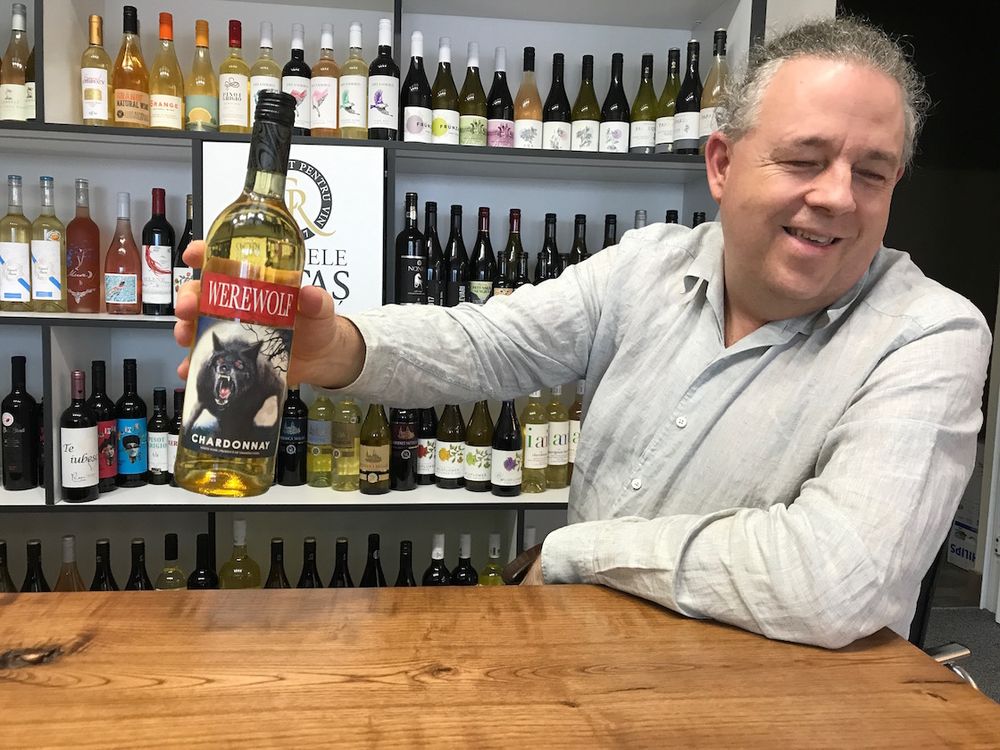
Trying to keep out of the picture. This Transylvania-esque label is pretty crass, but it’s what the US customer wants and it sells by the shed load
Cramele Recas is a partner of The Buyer. If you want to find out more about the company click here. Alternatively check out some of the other features we’ve posted in the past which are referenced at the end of this piece.










